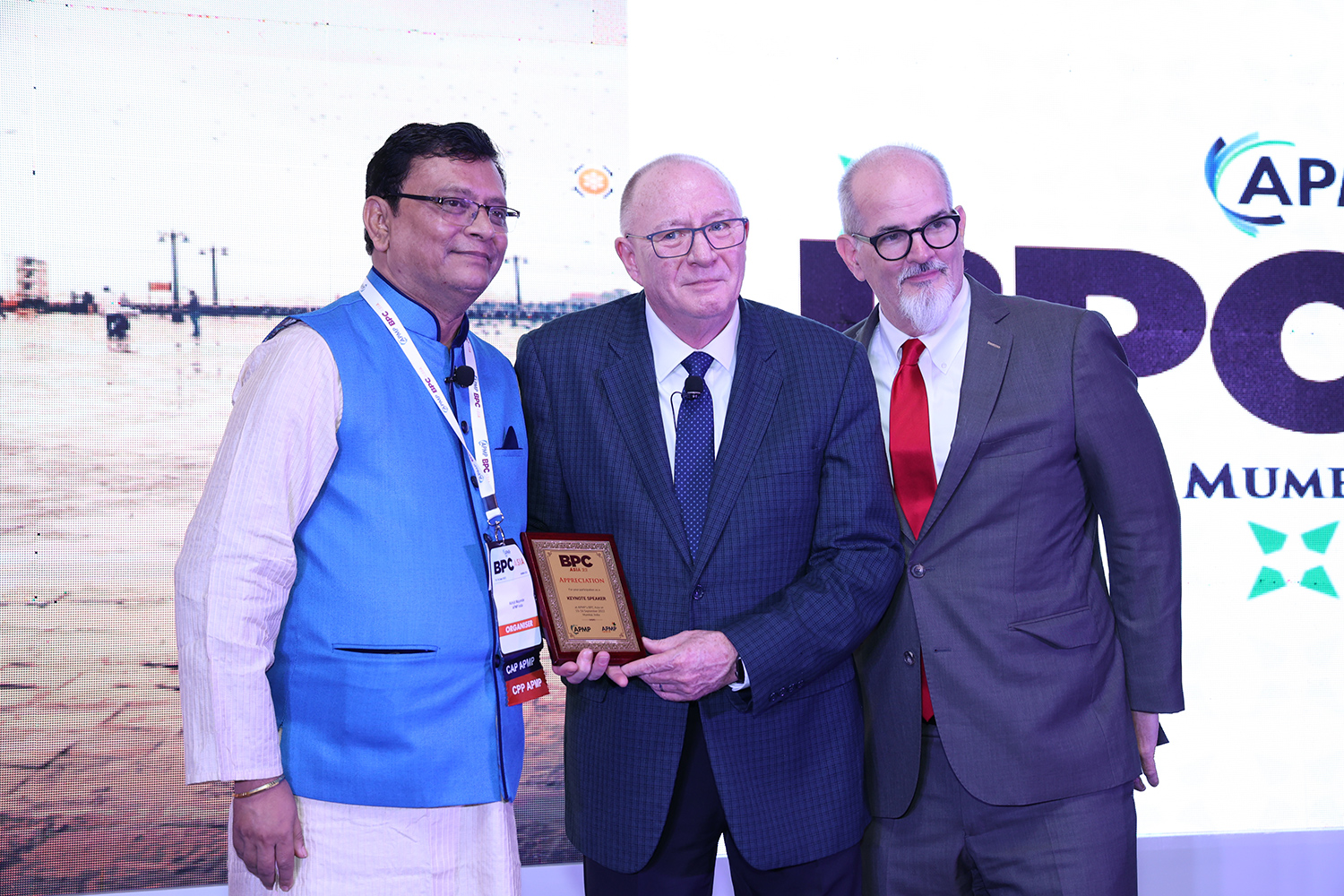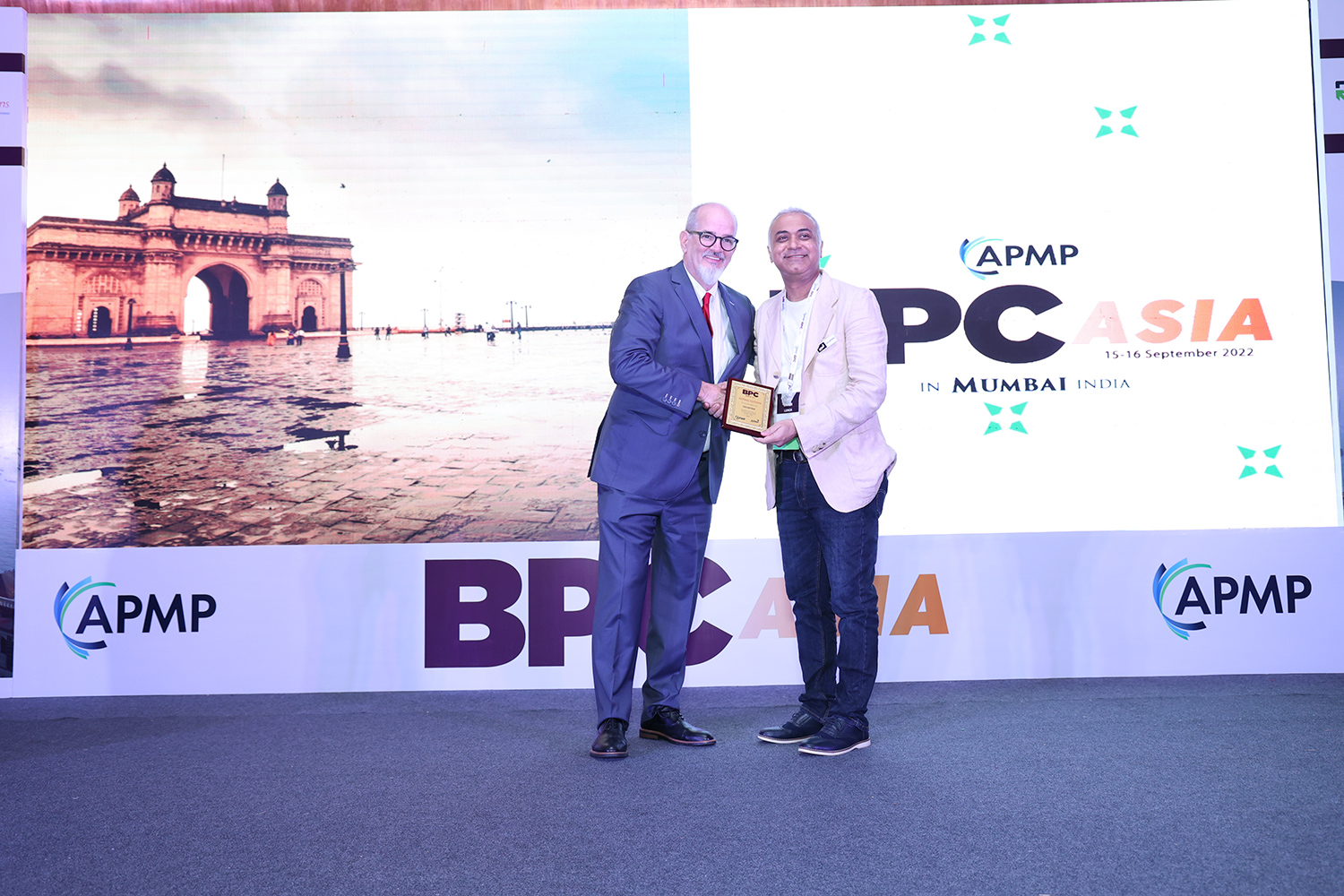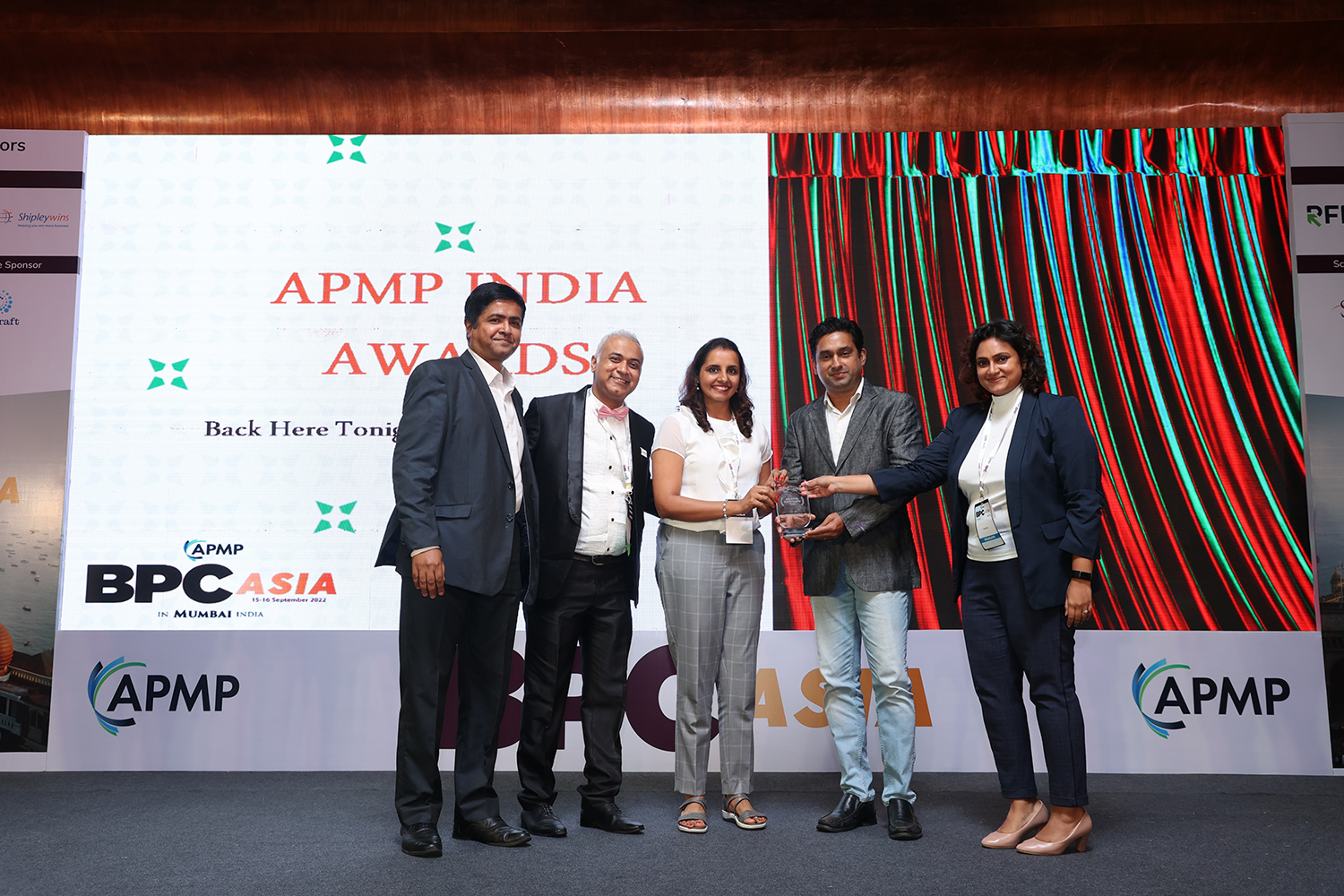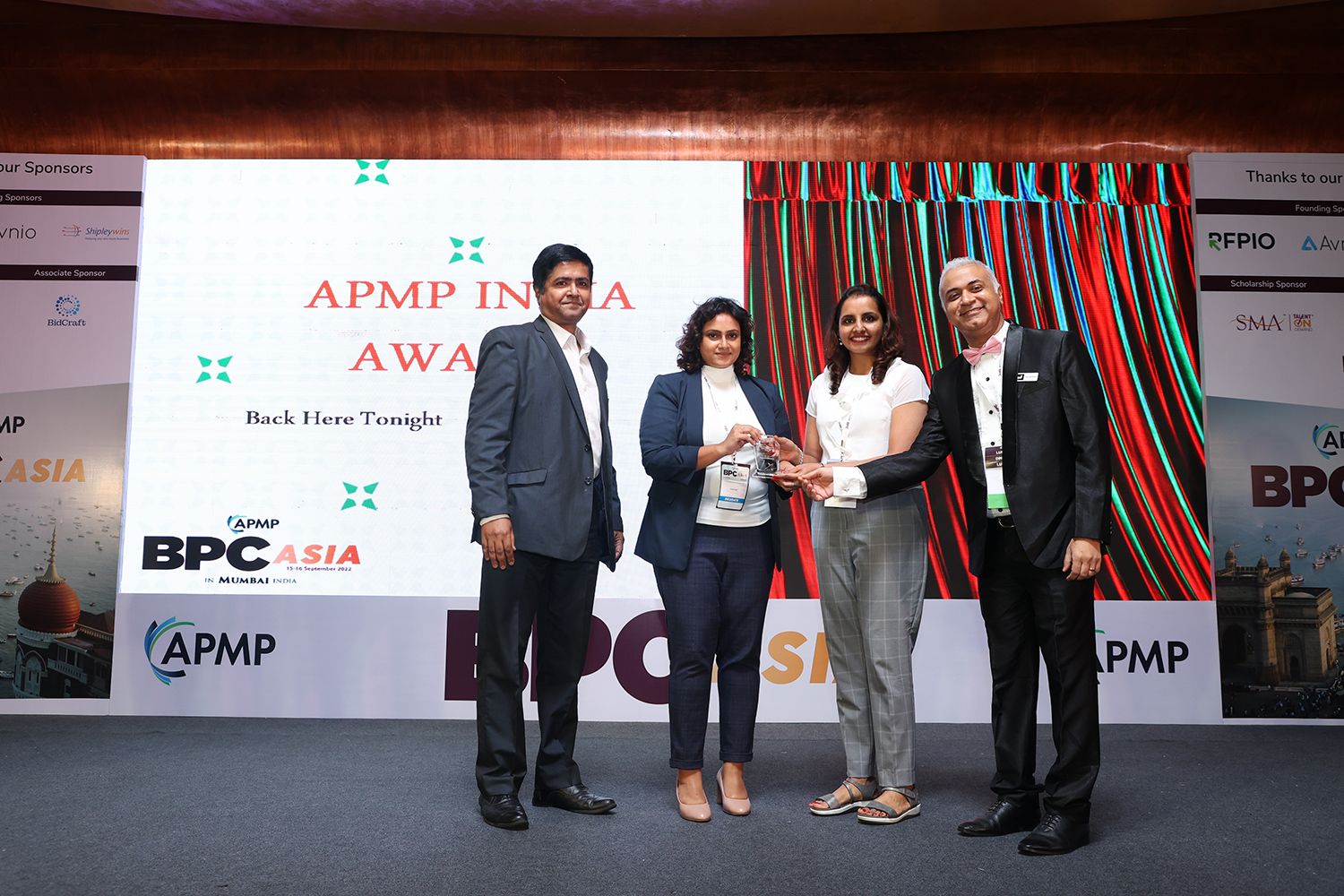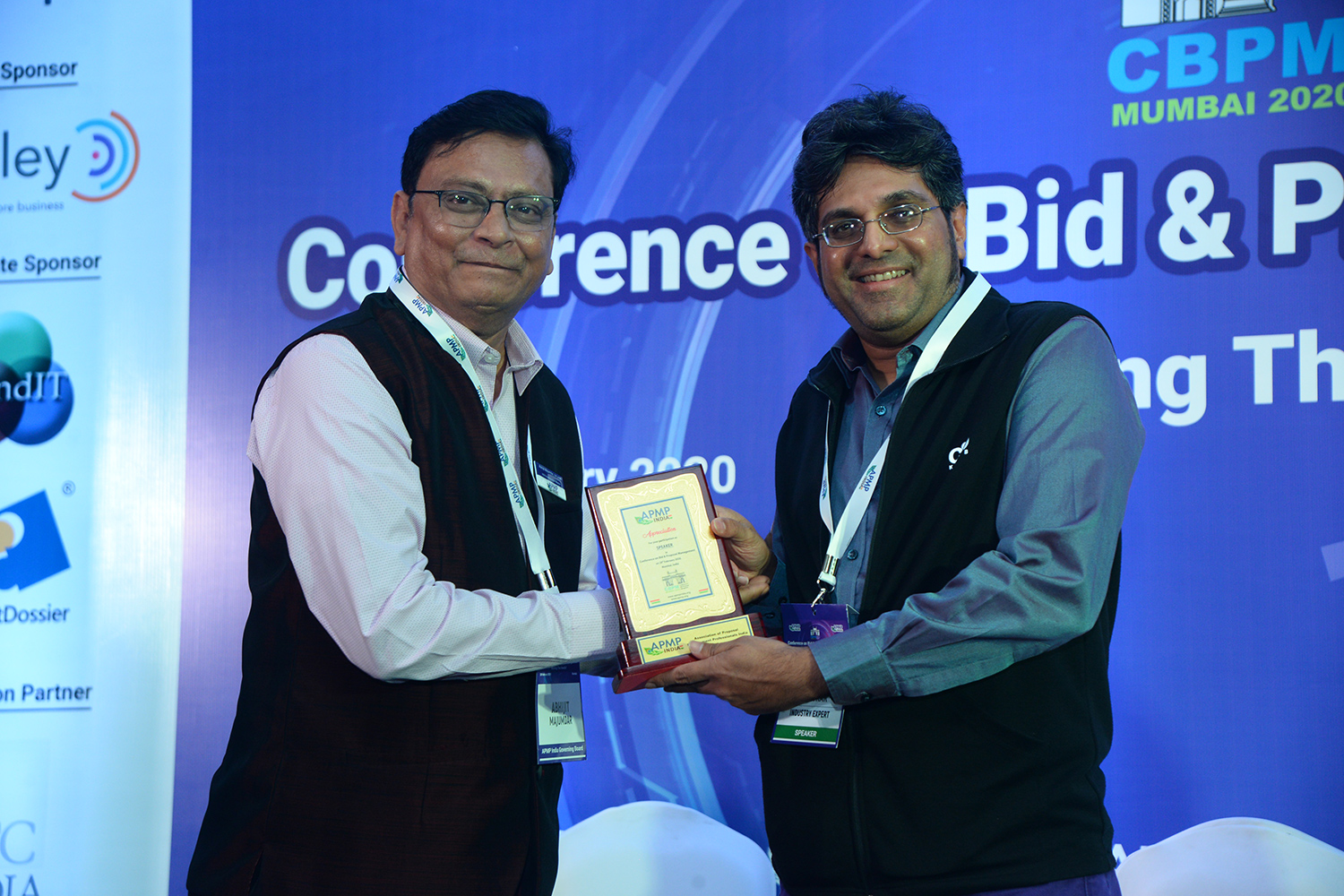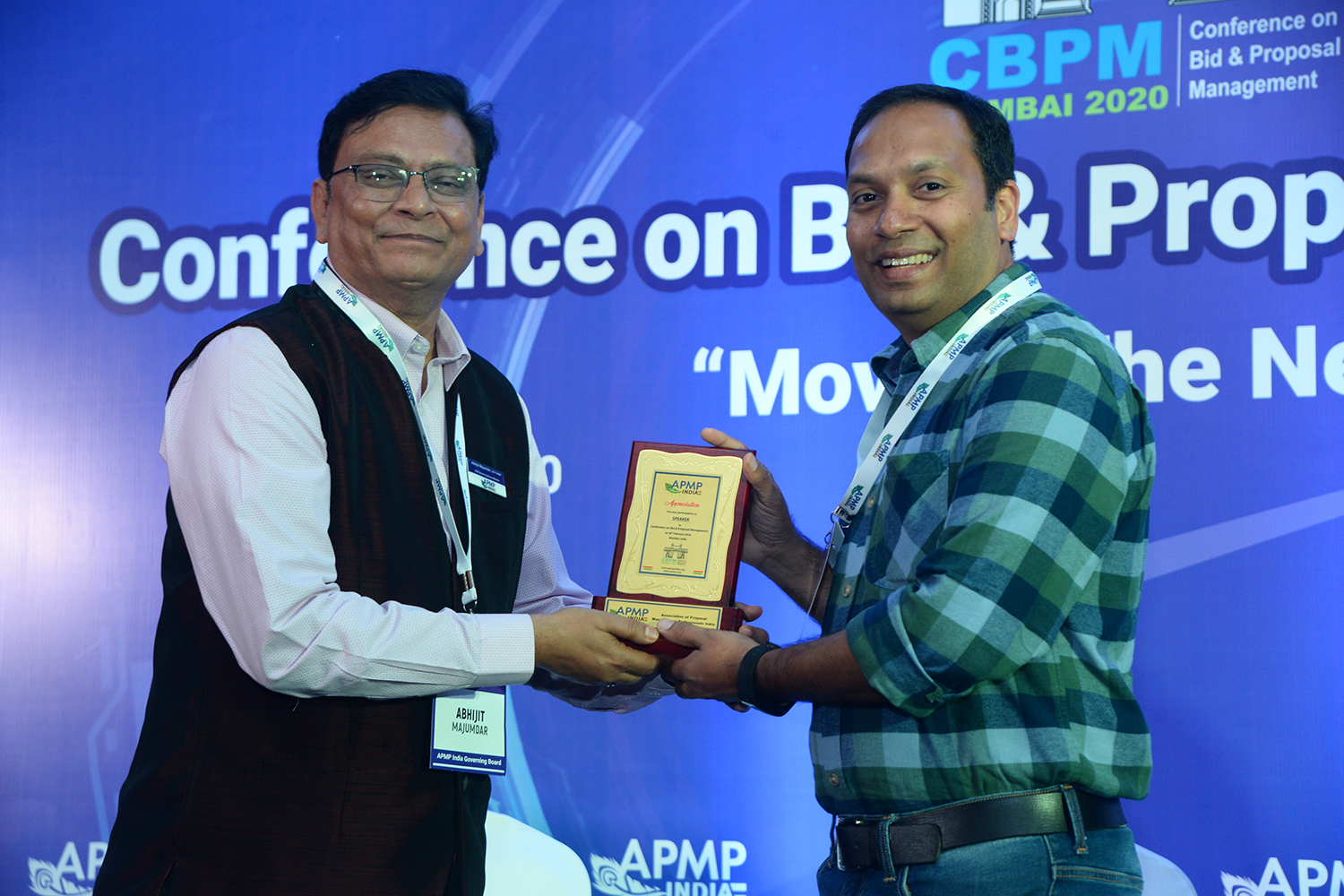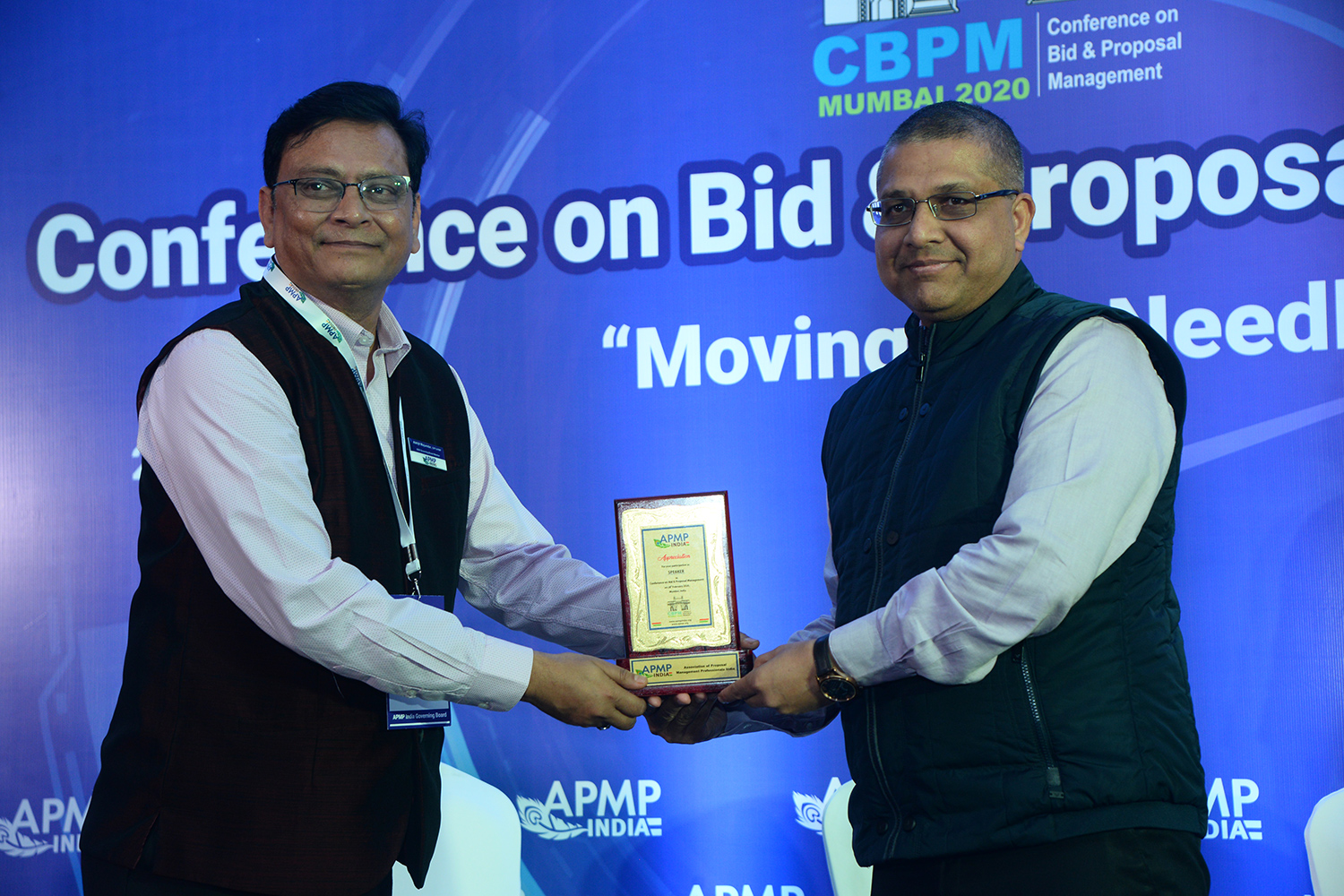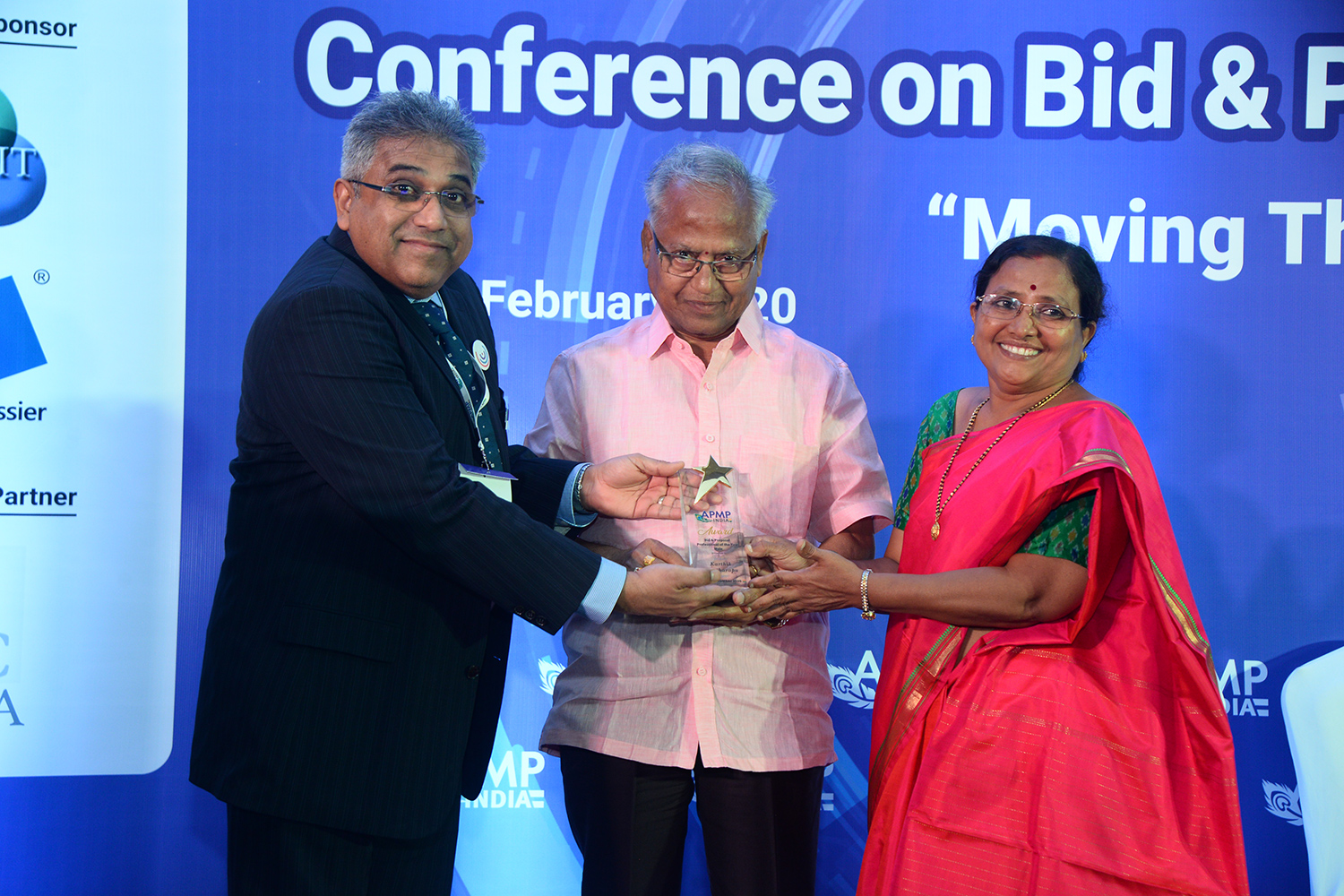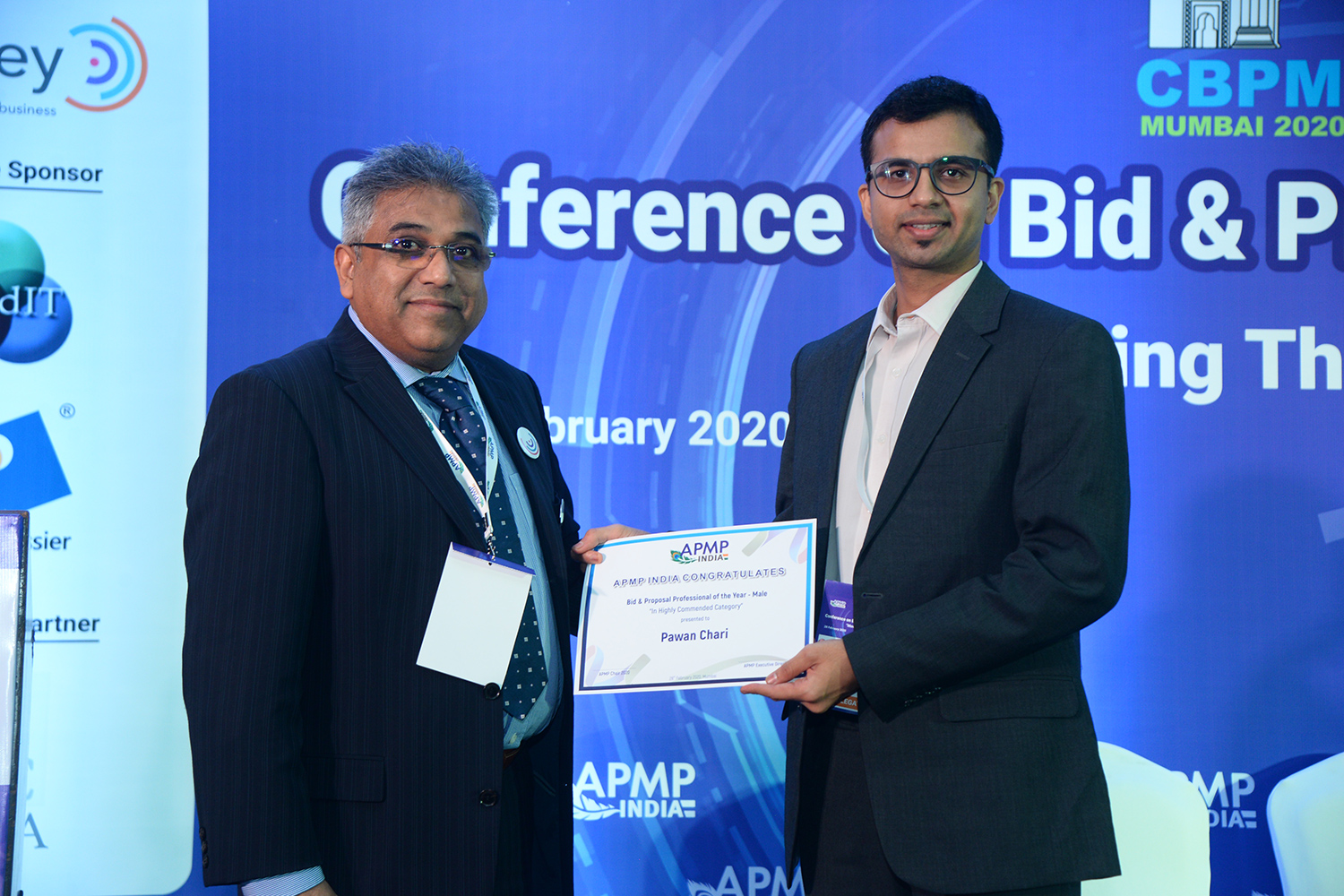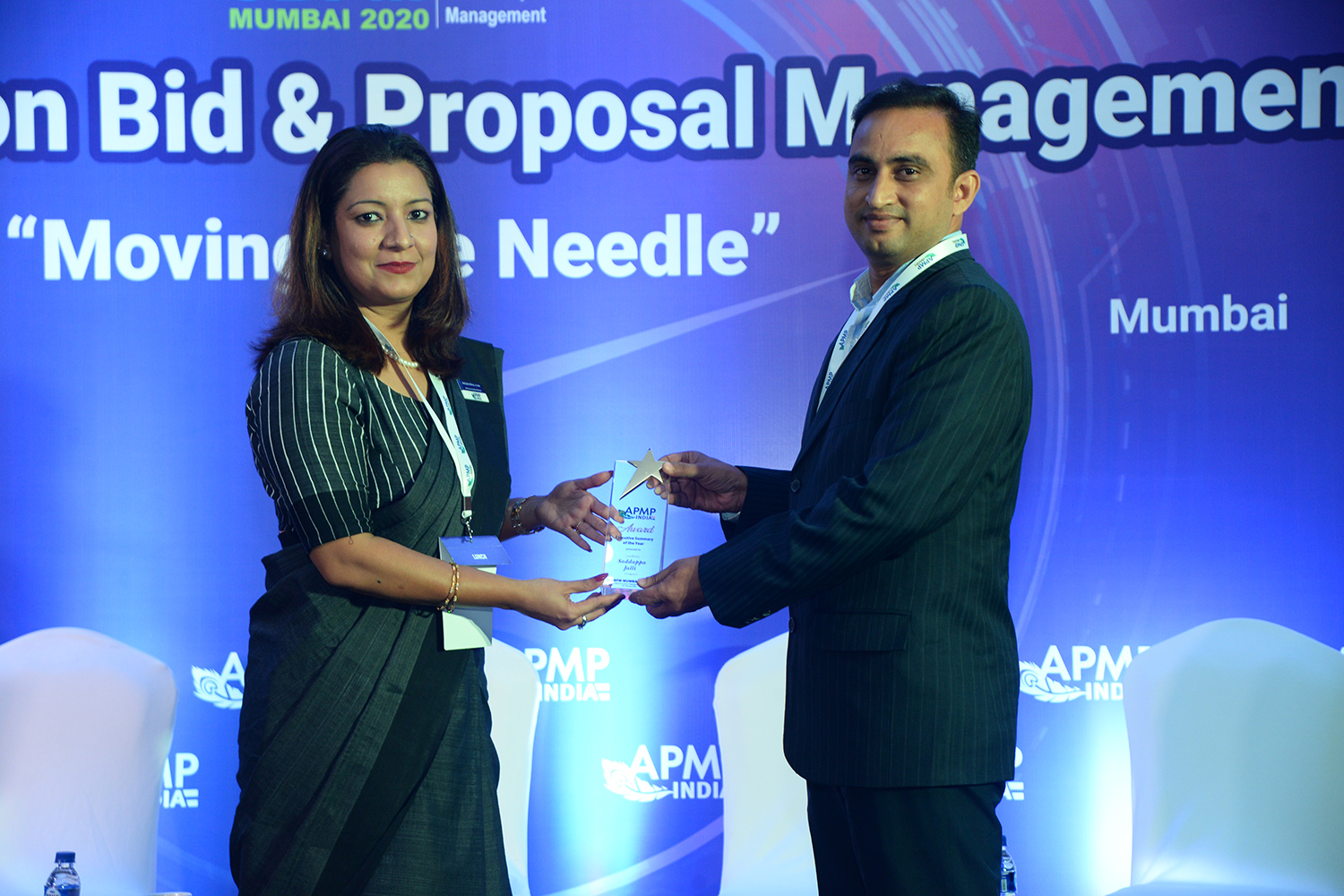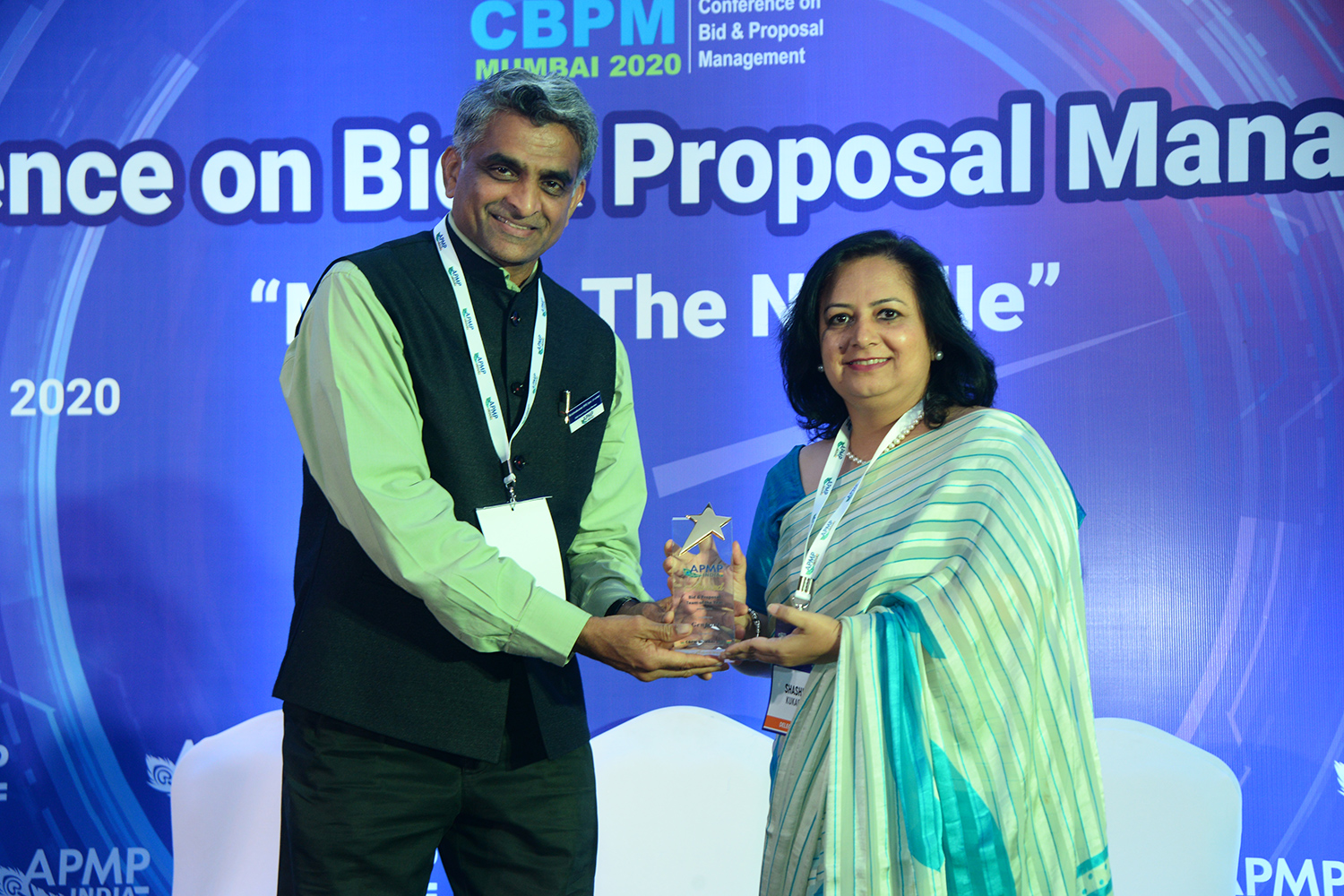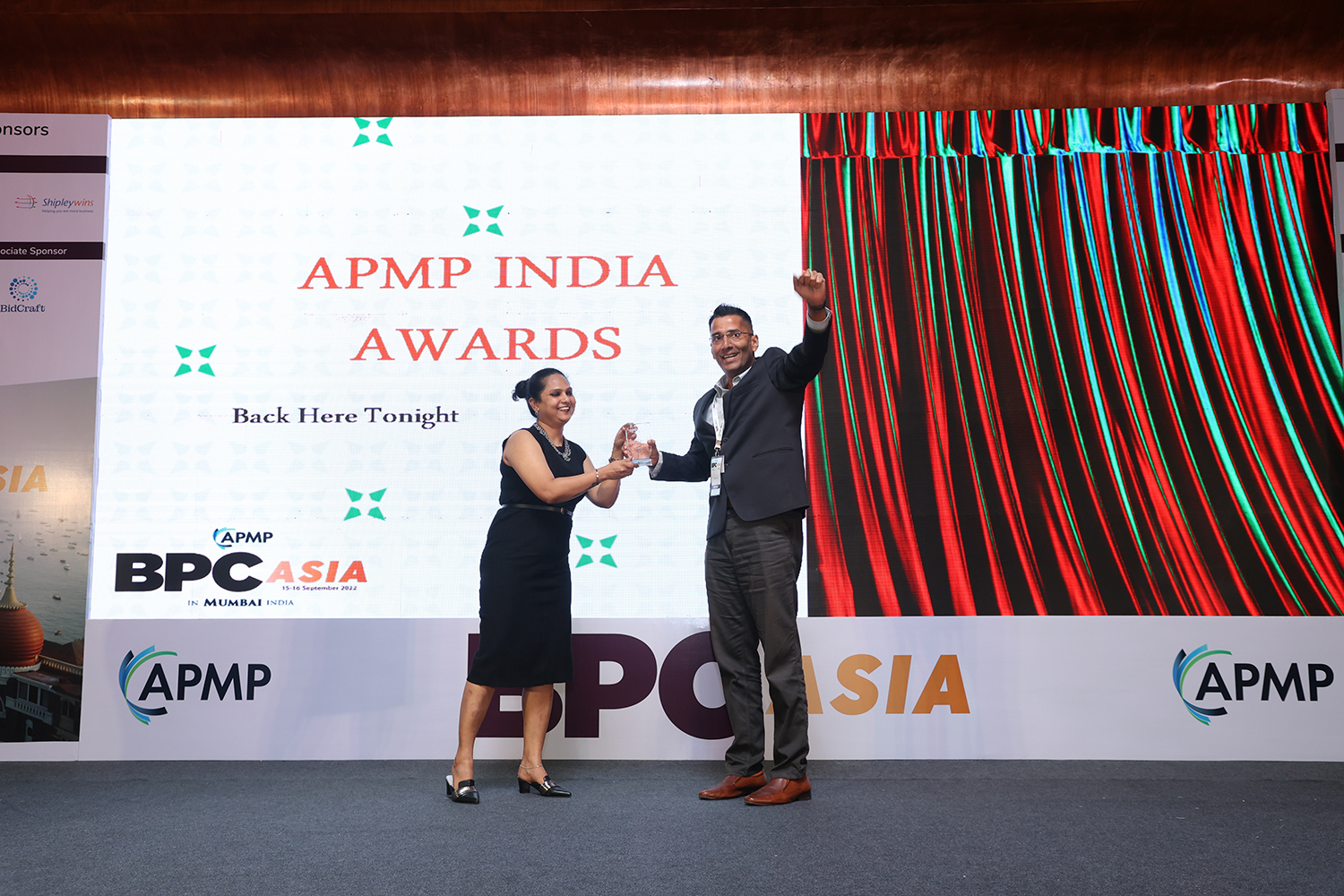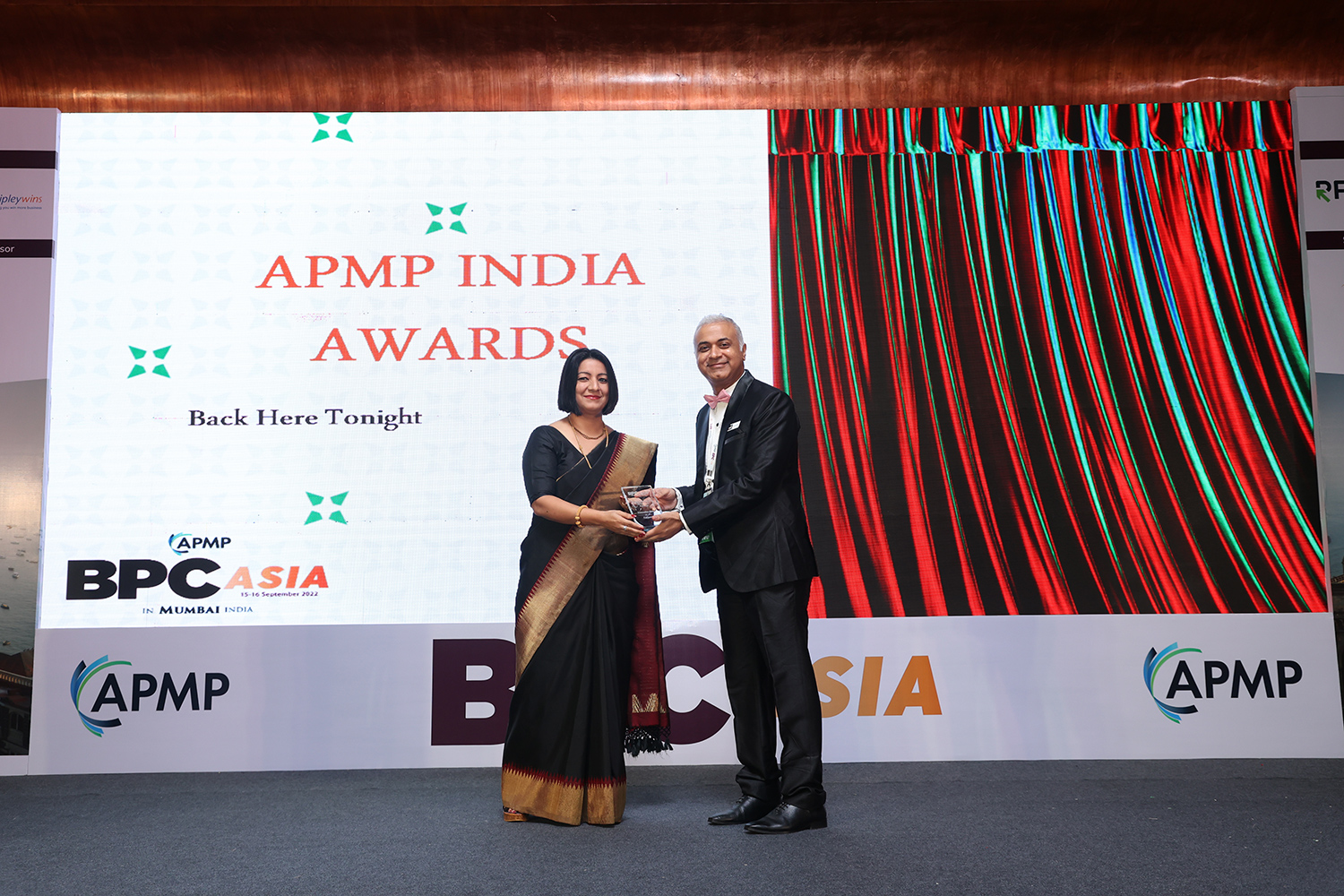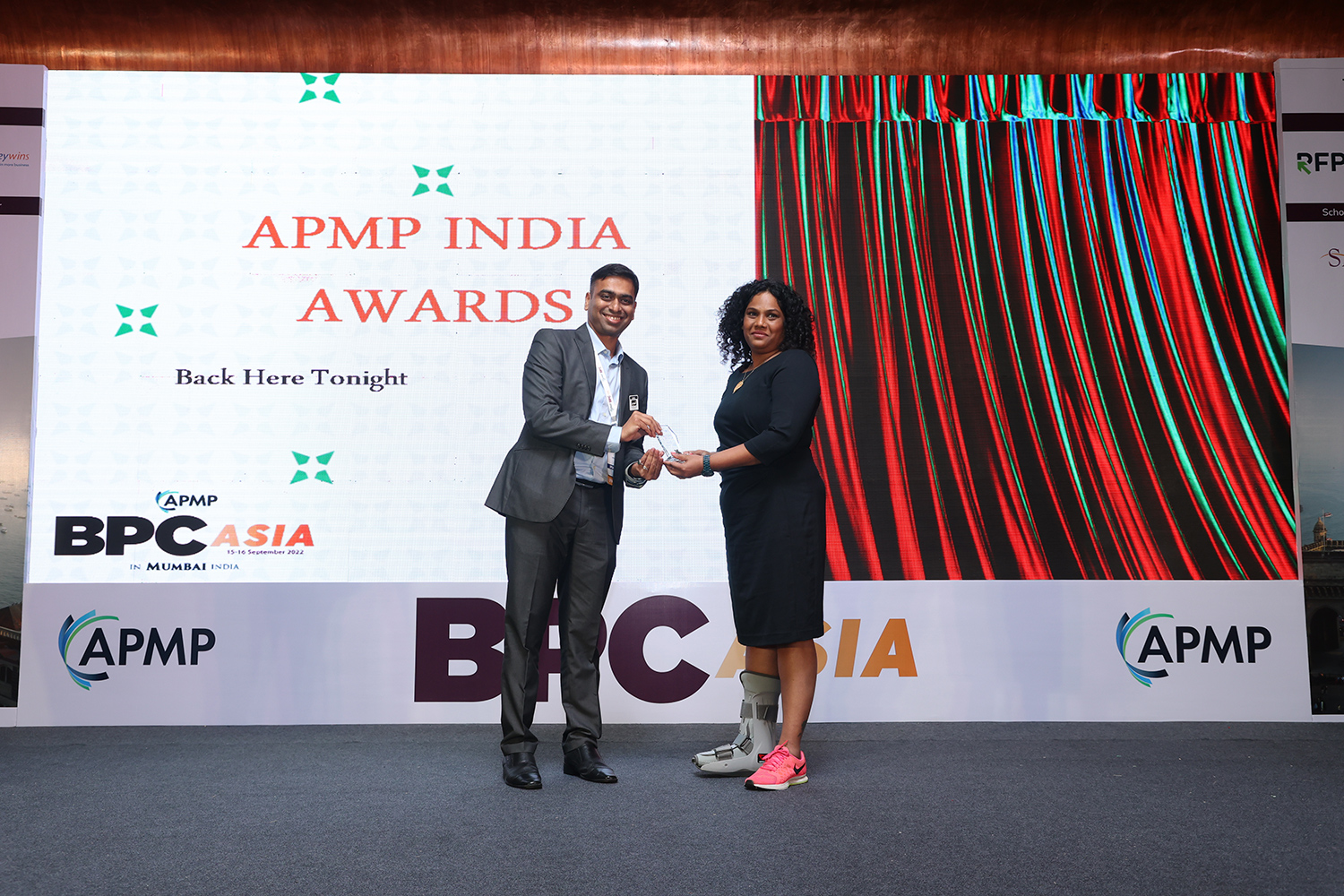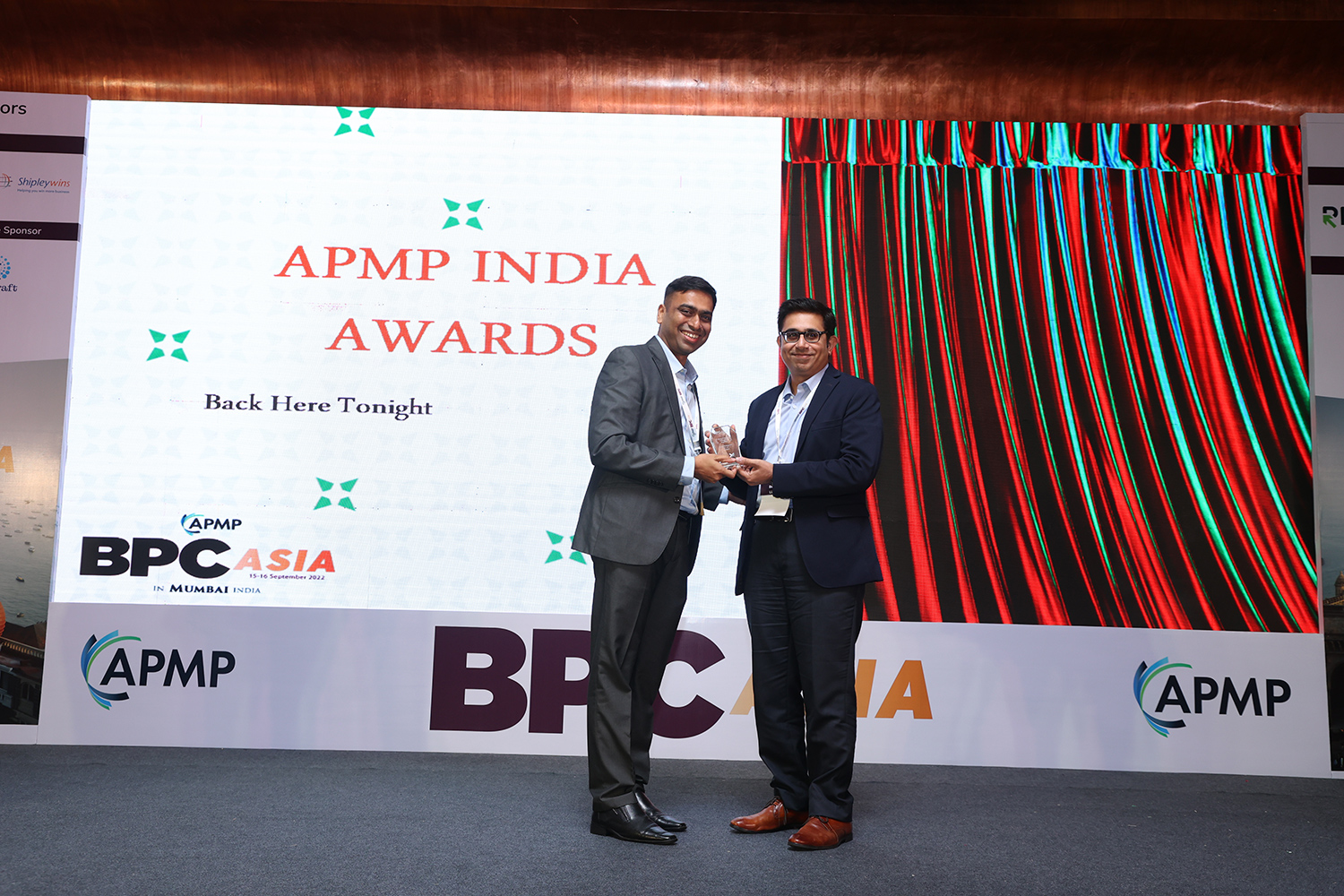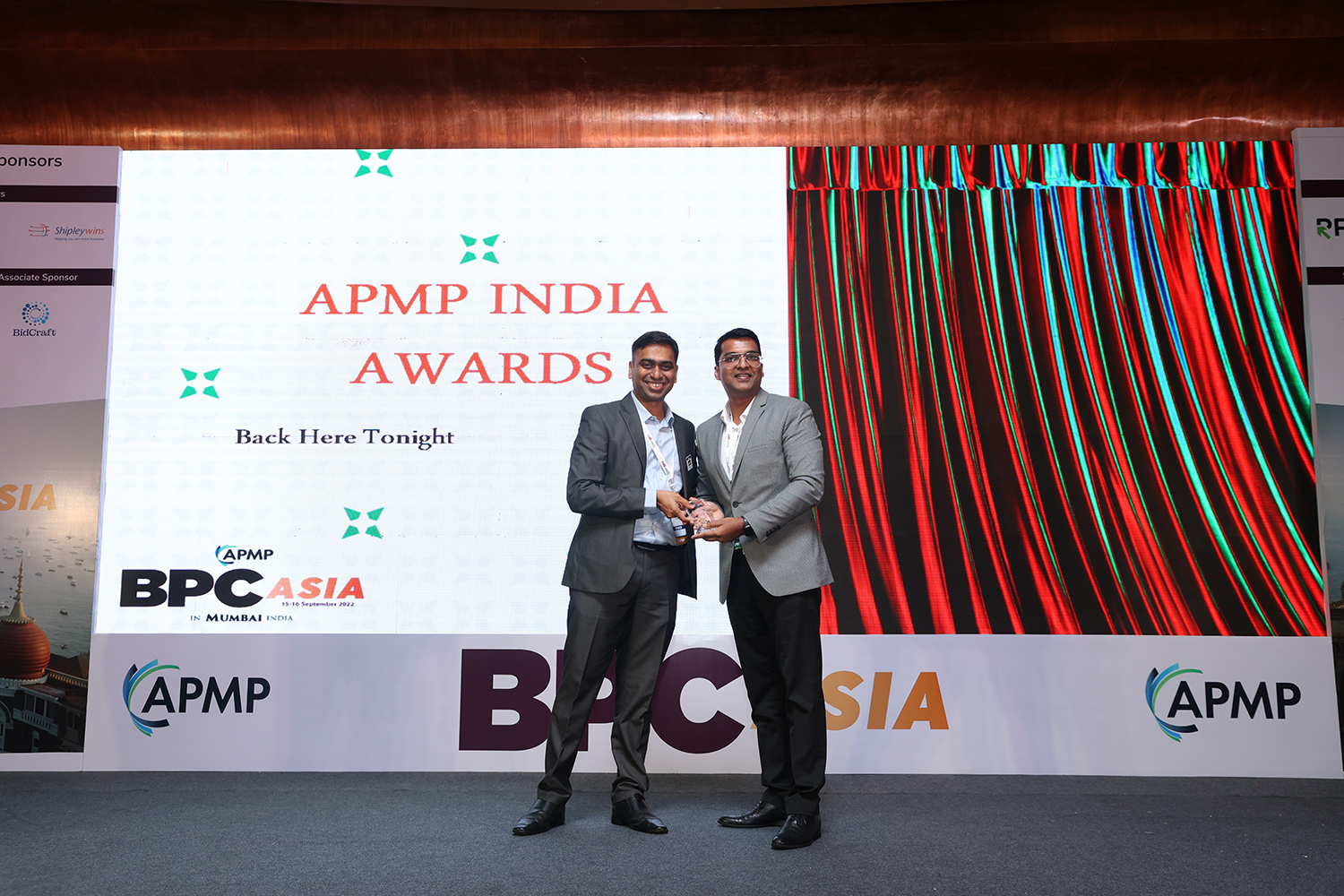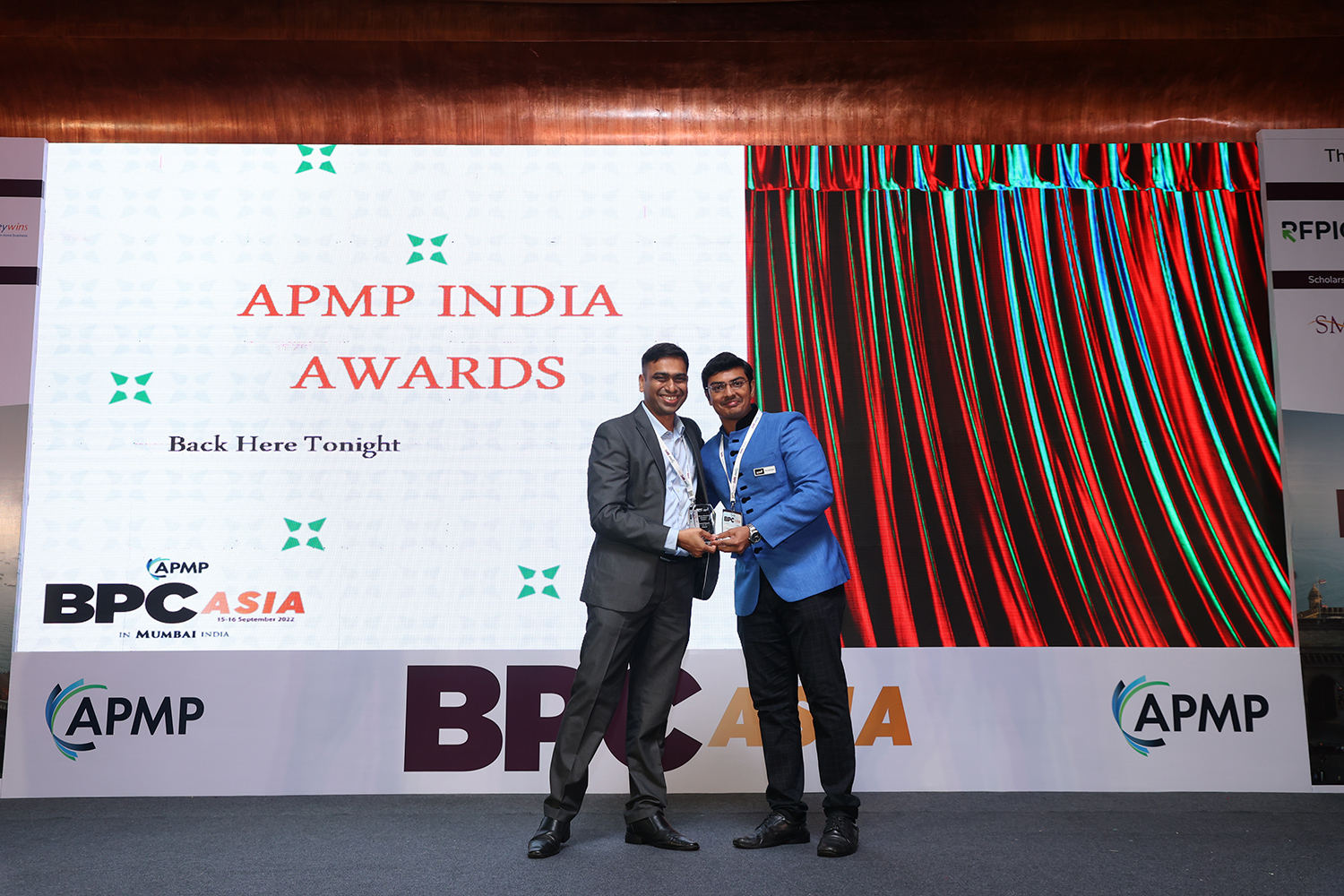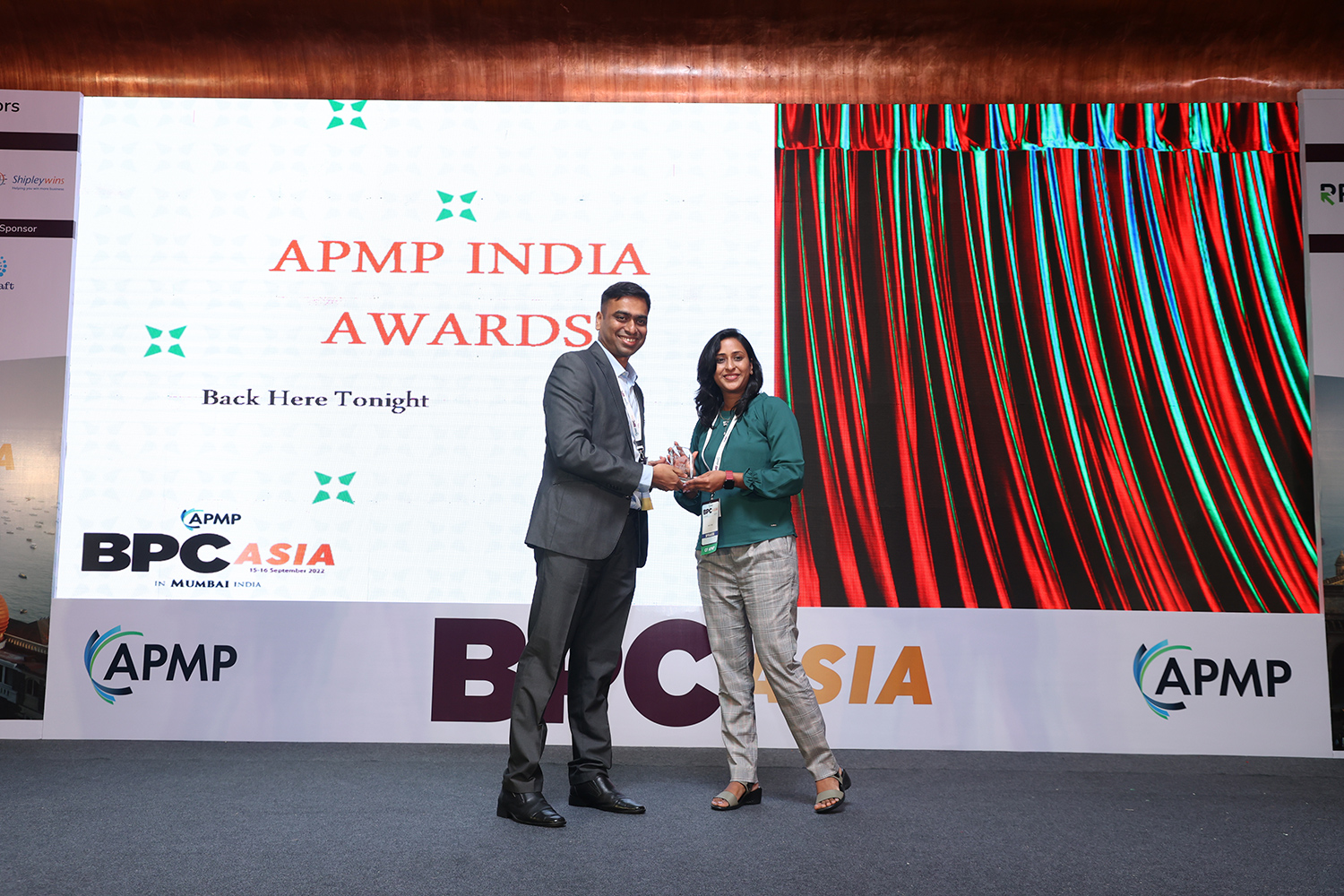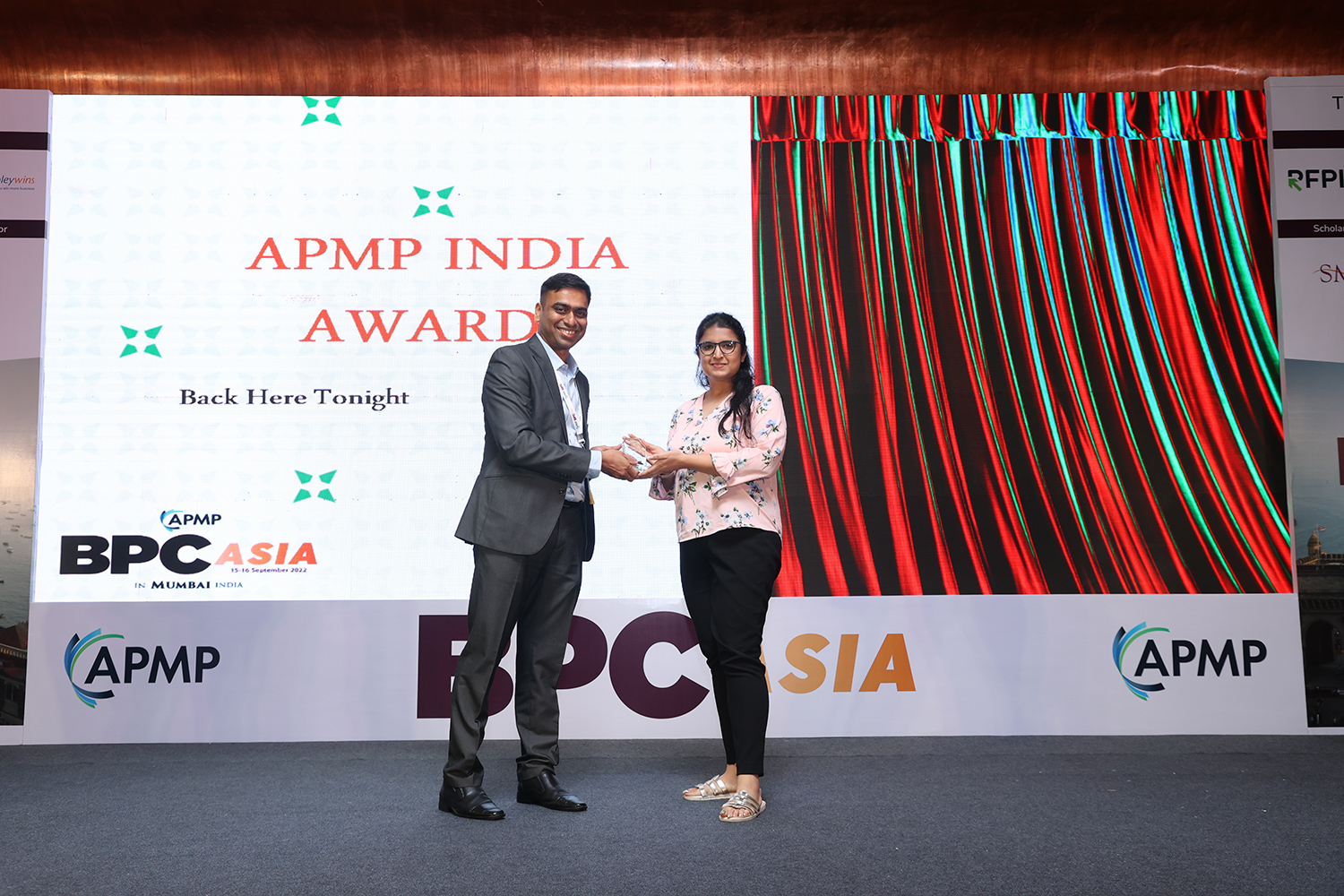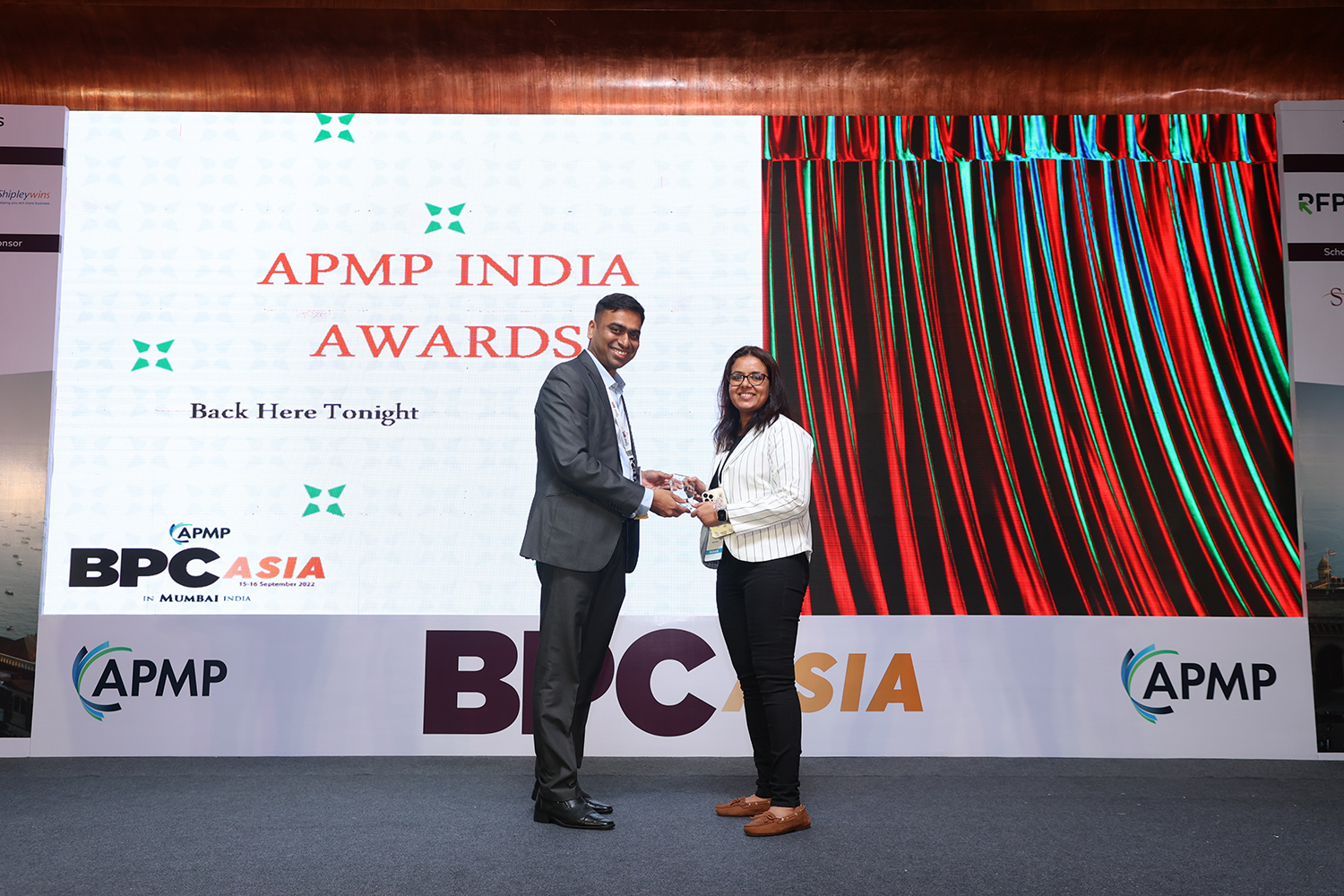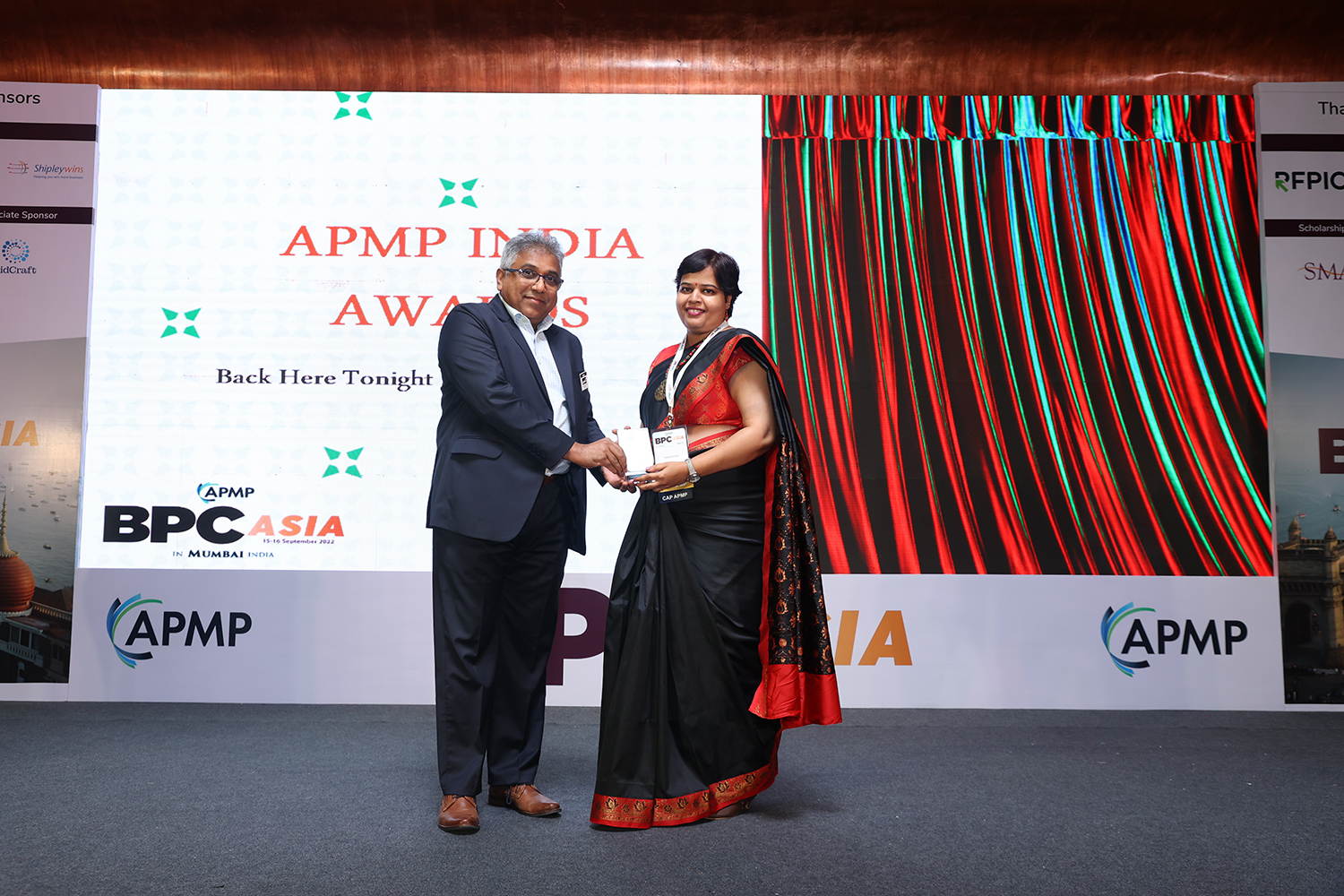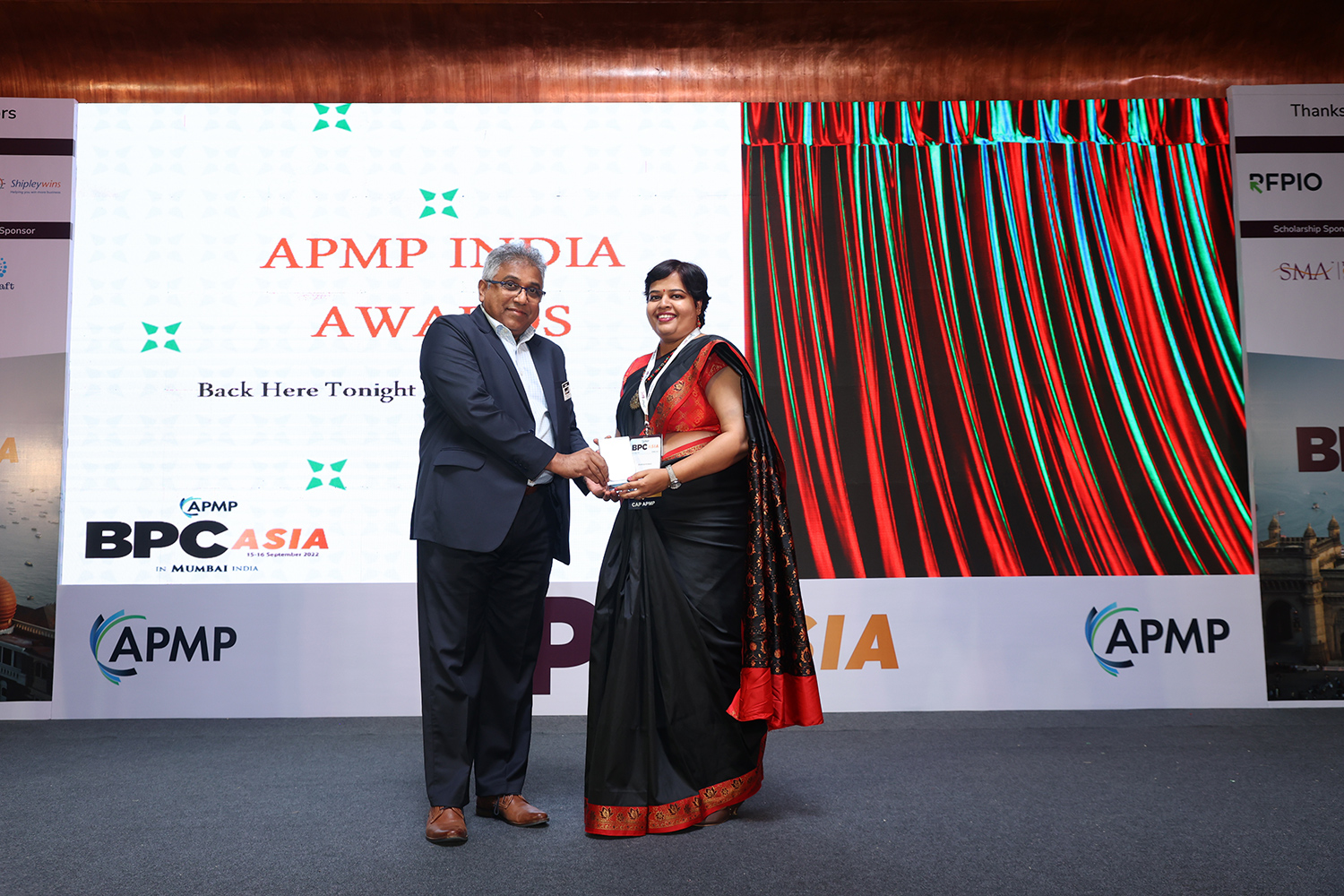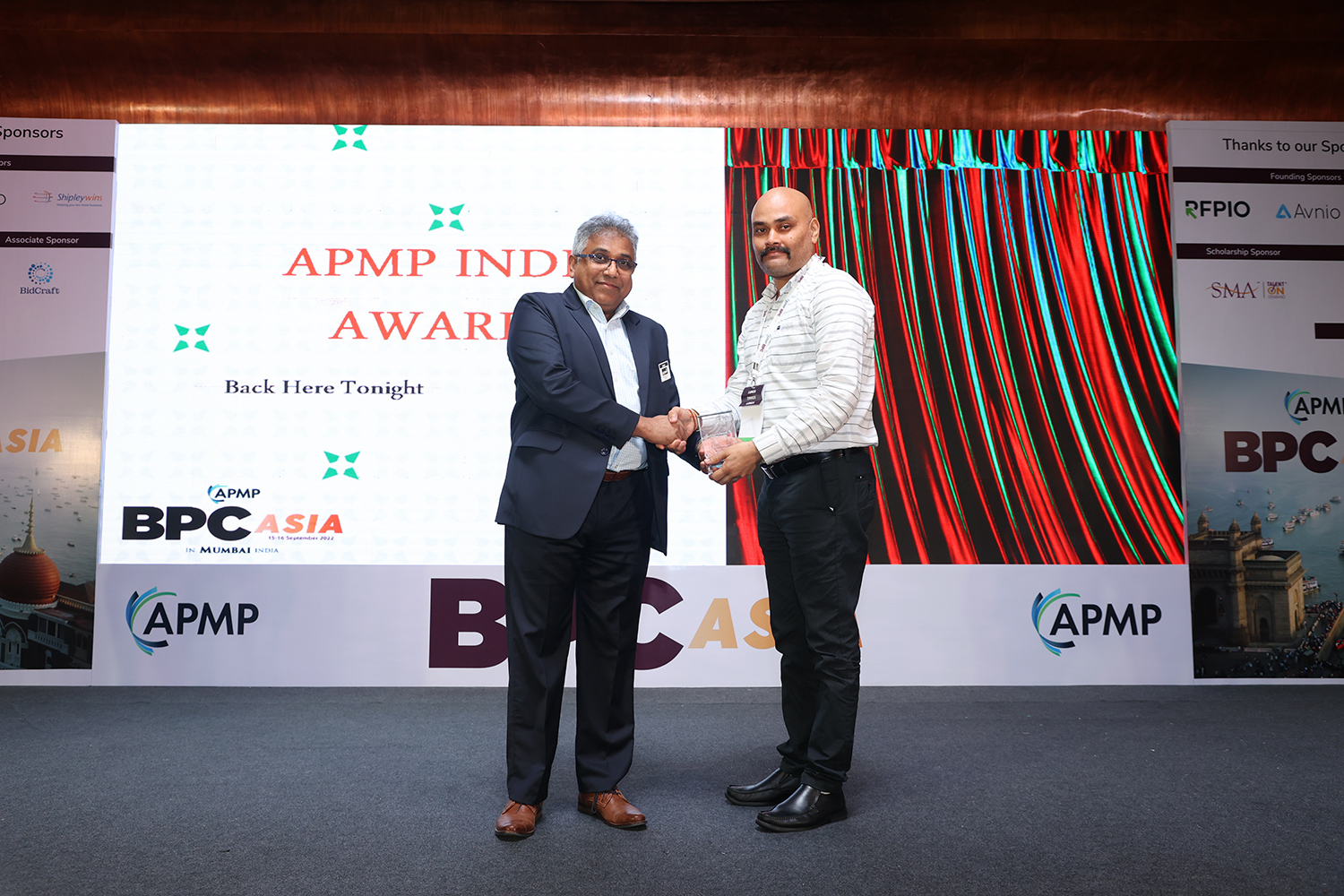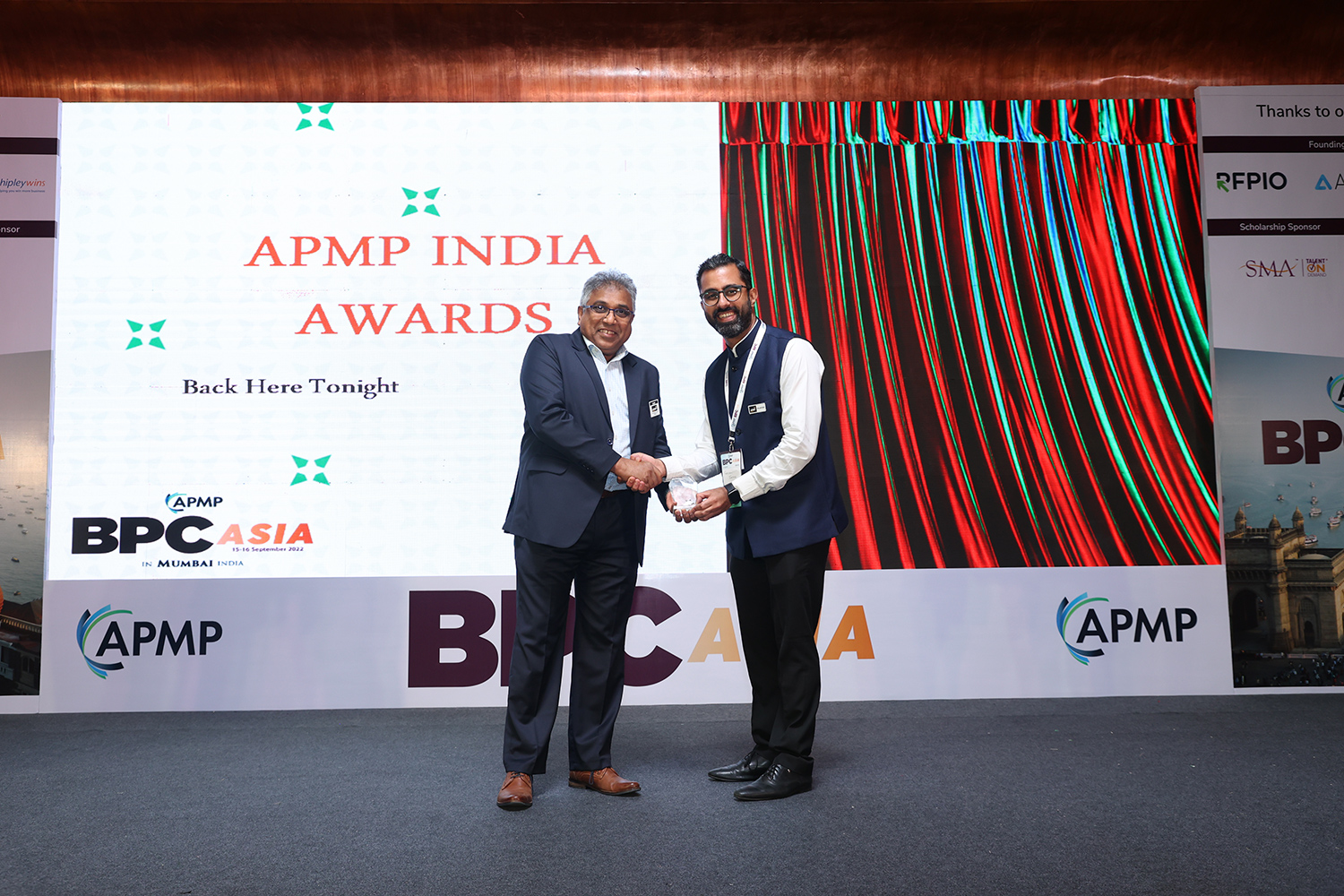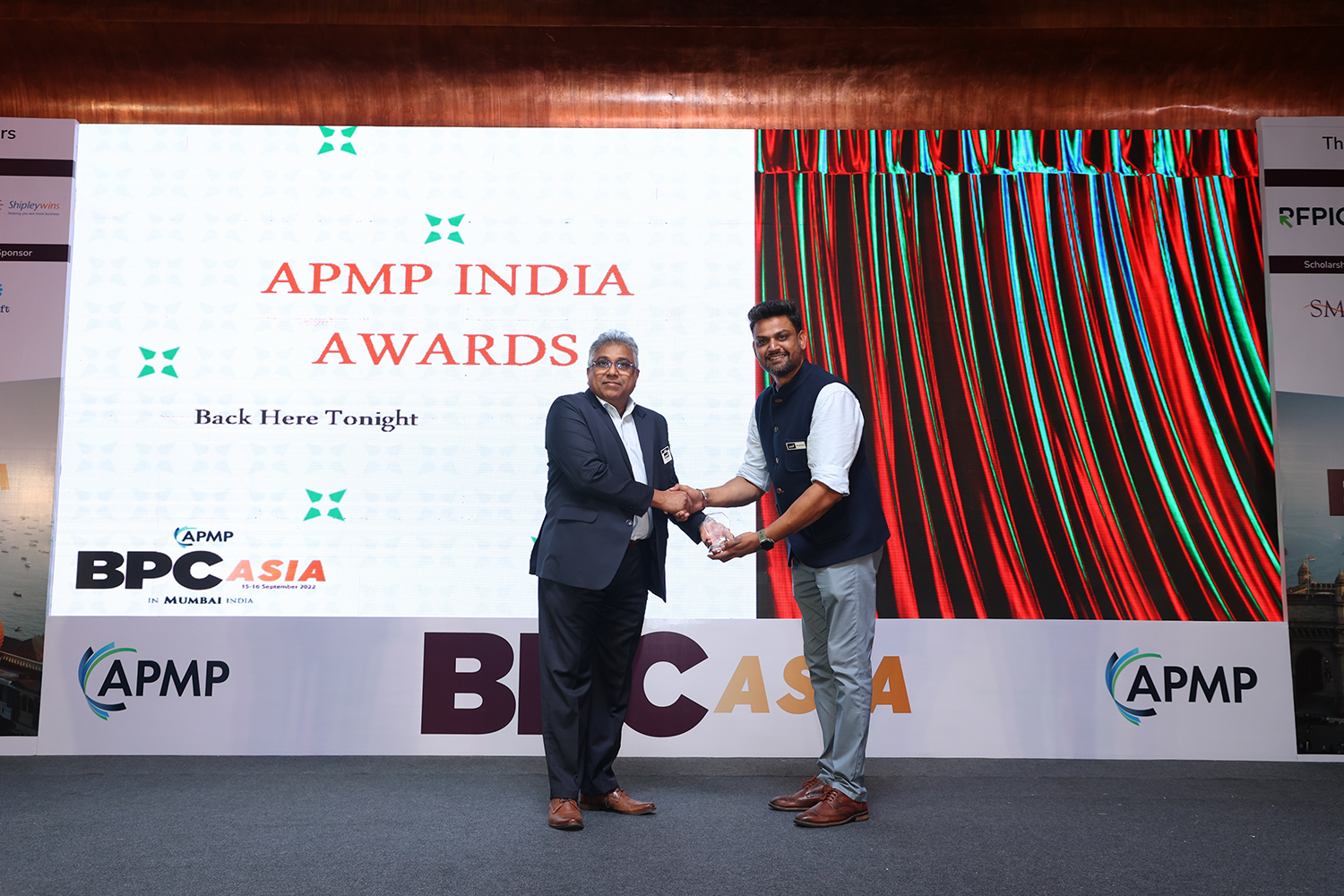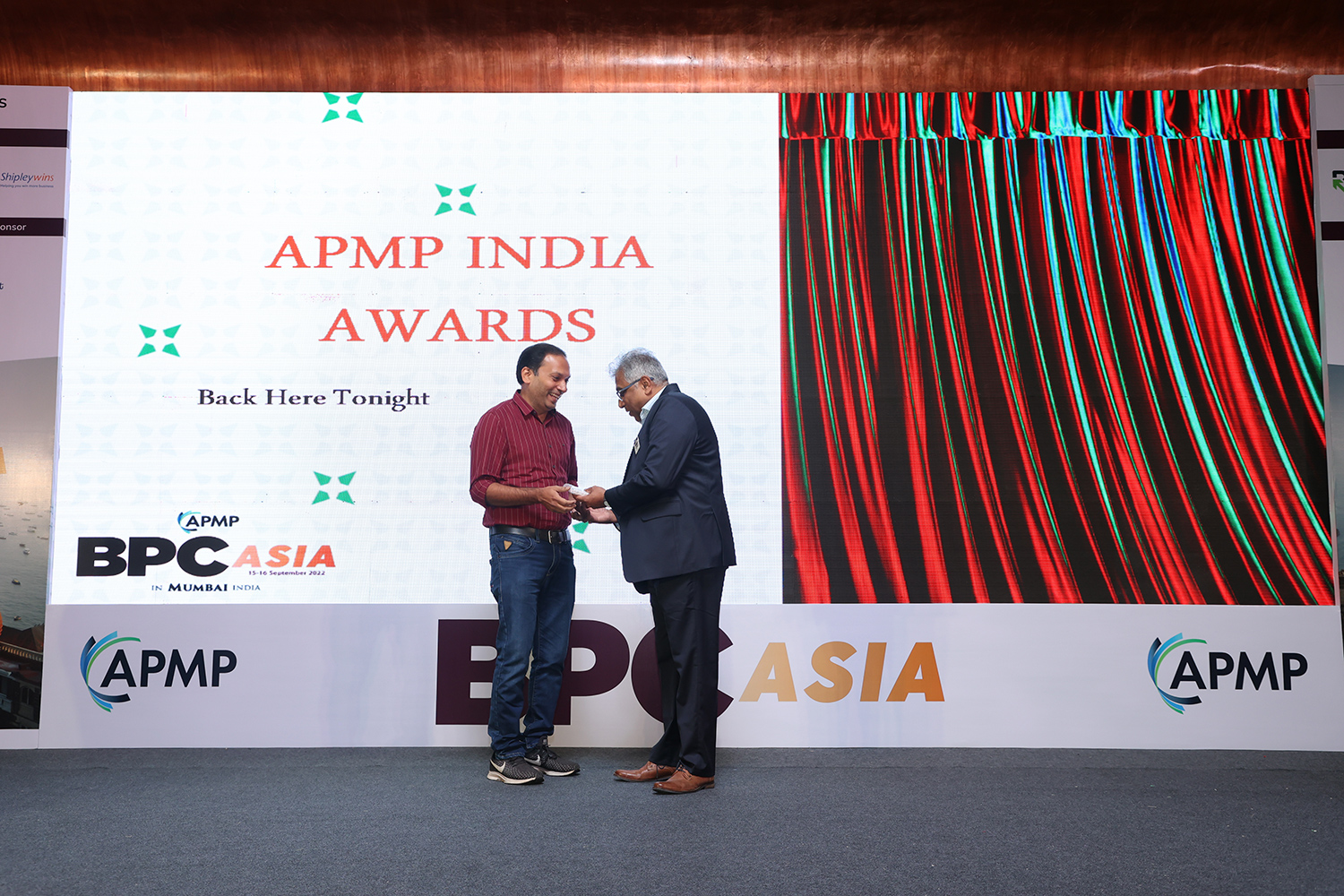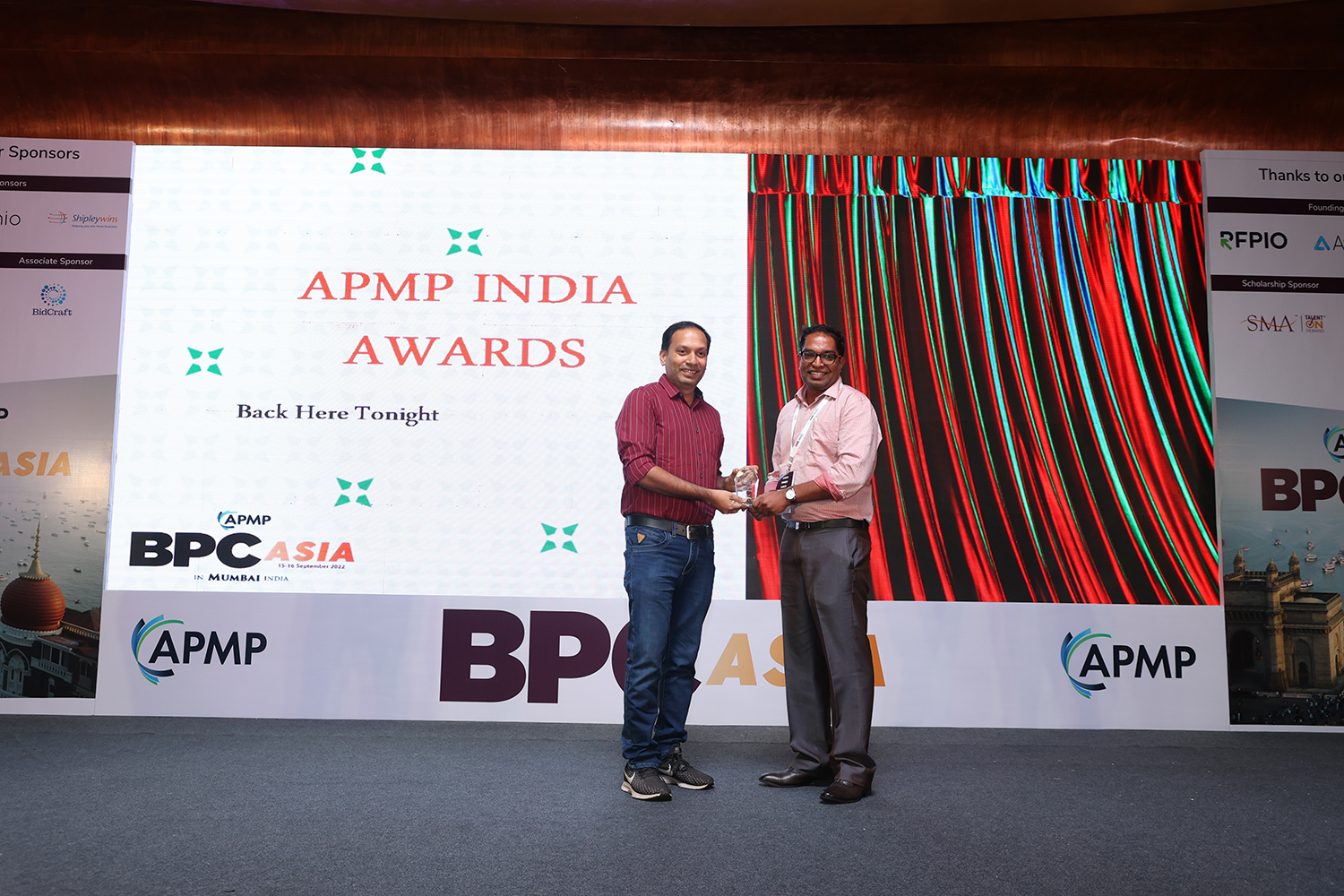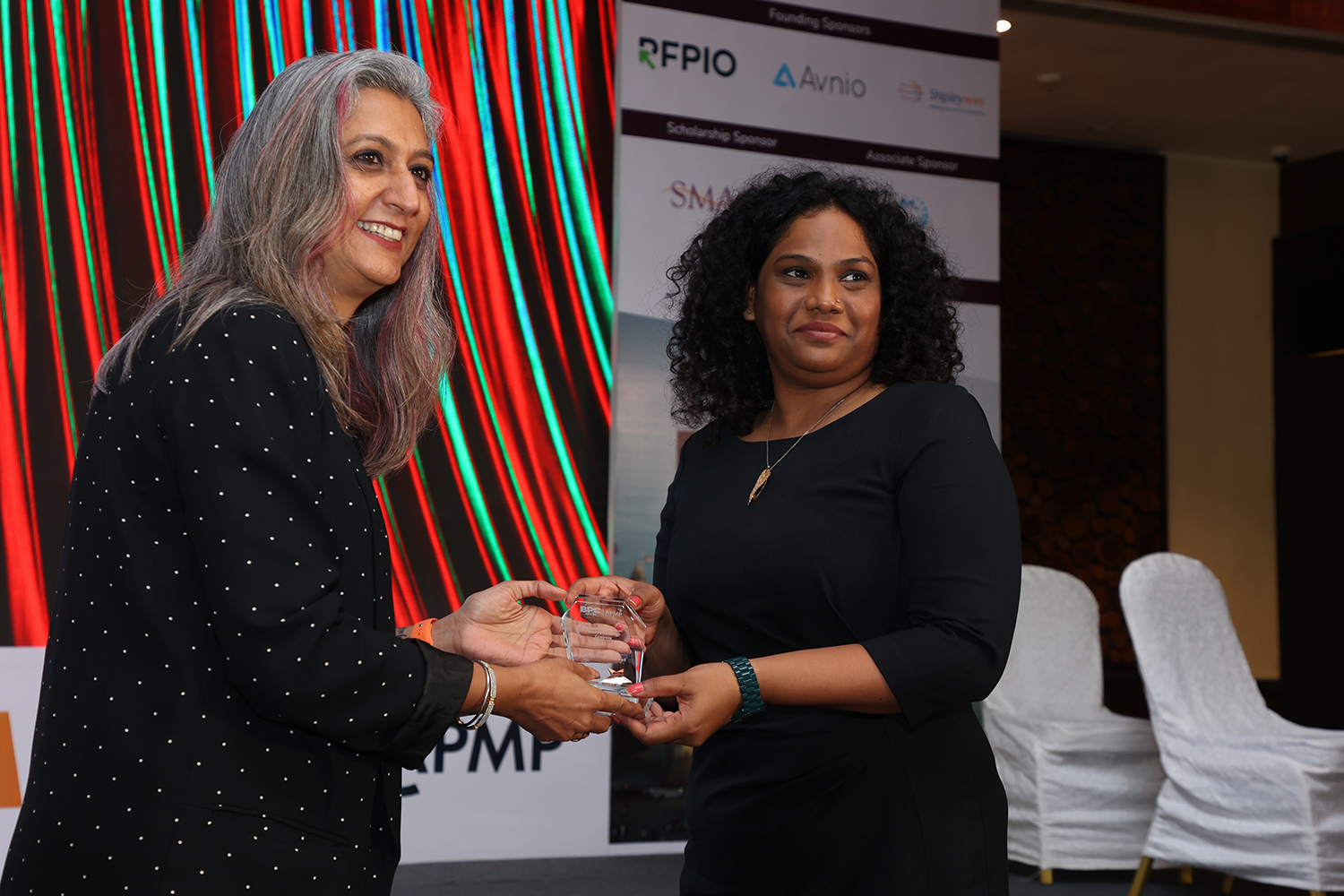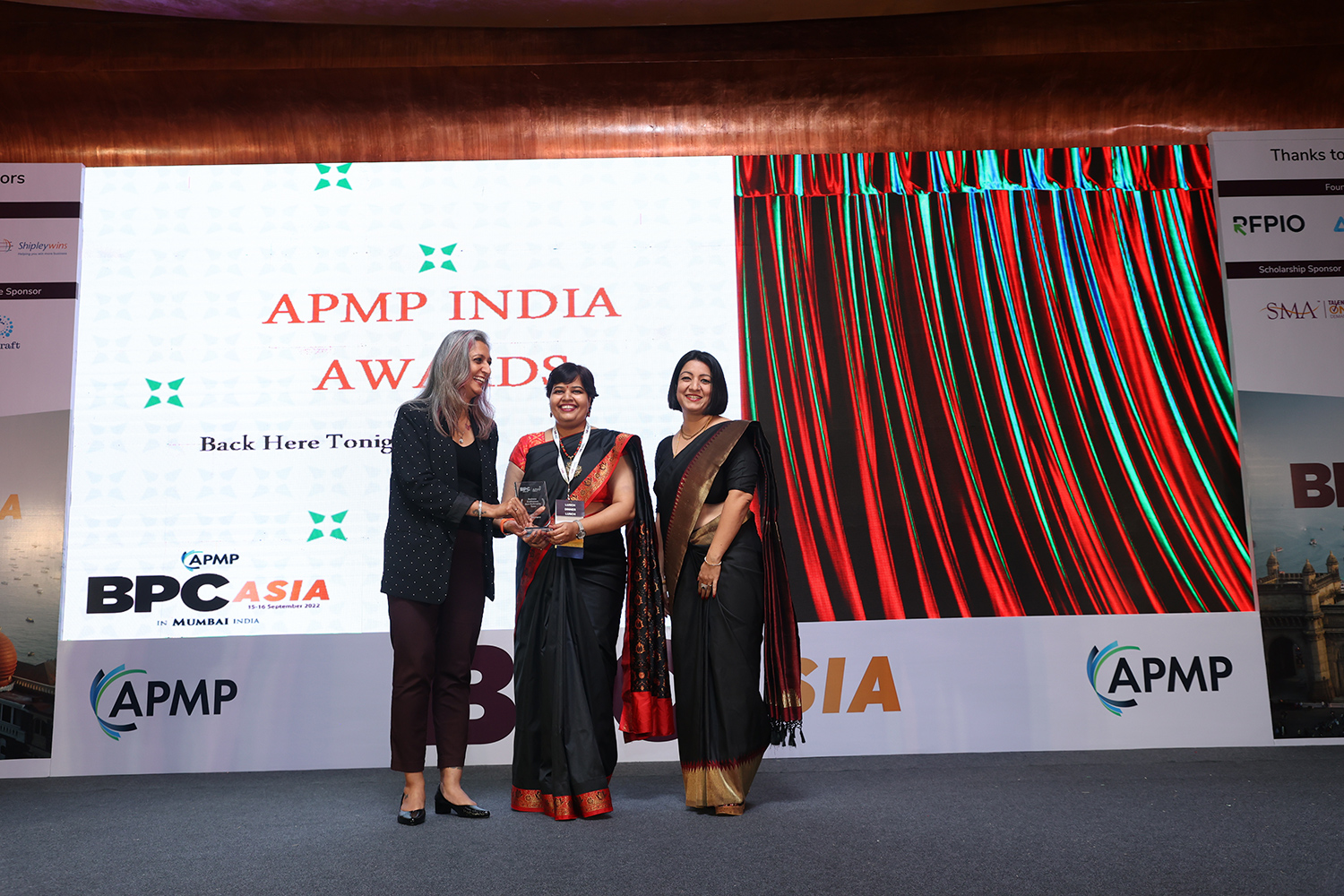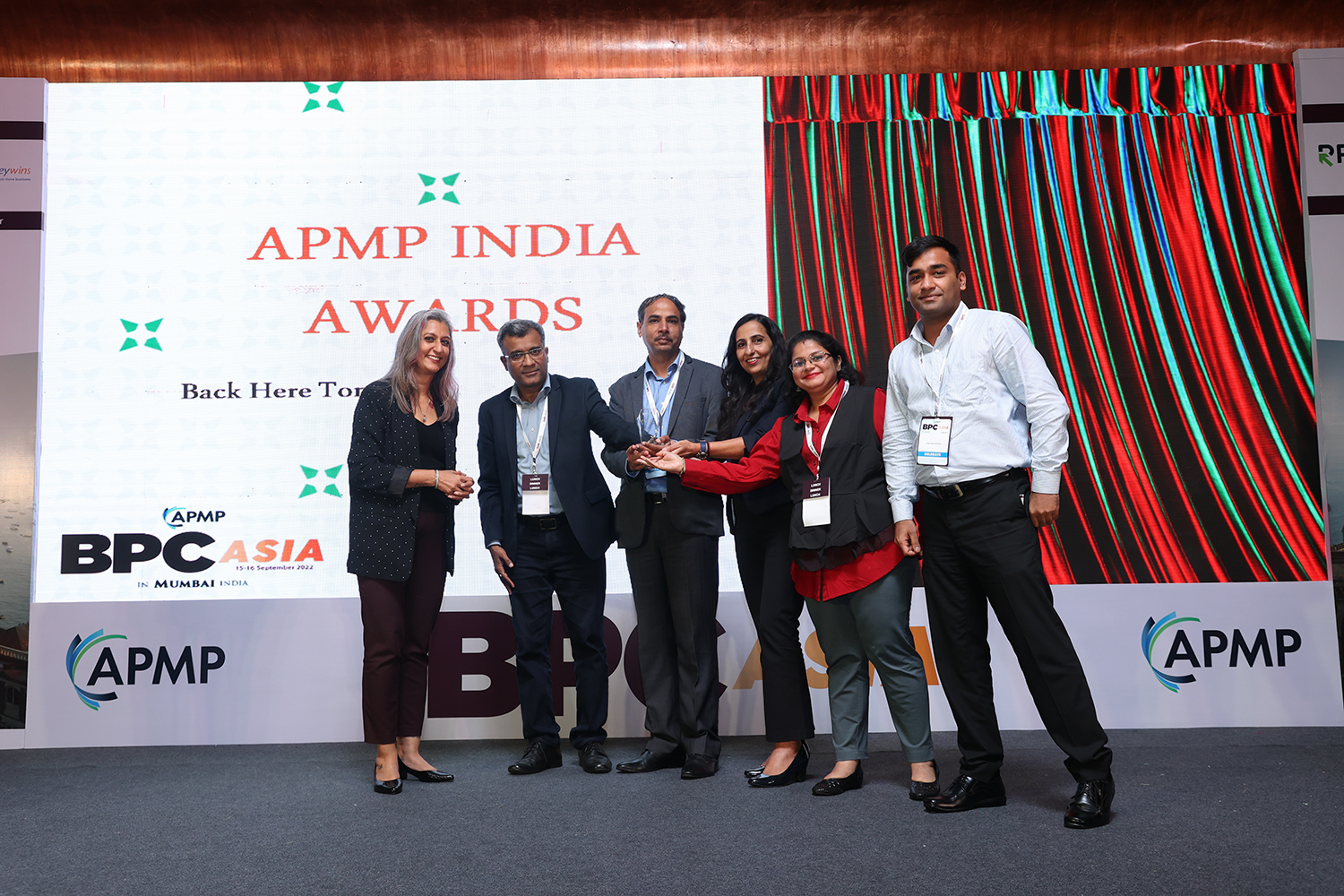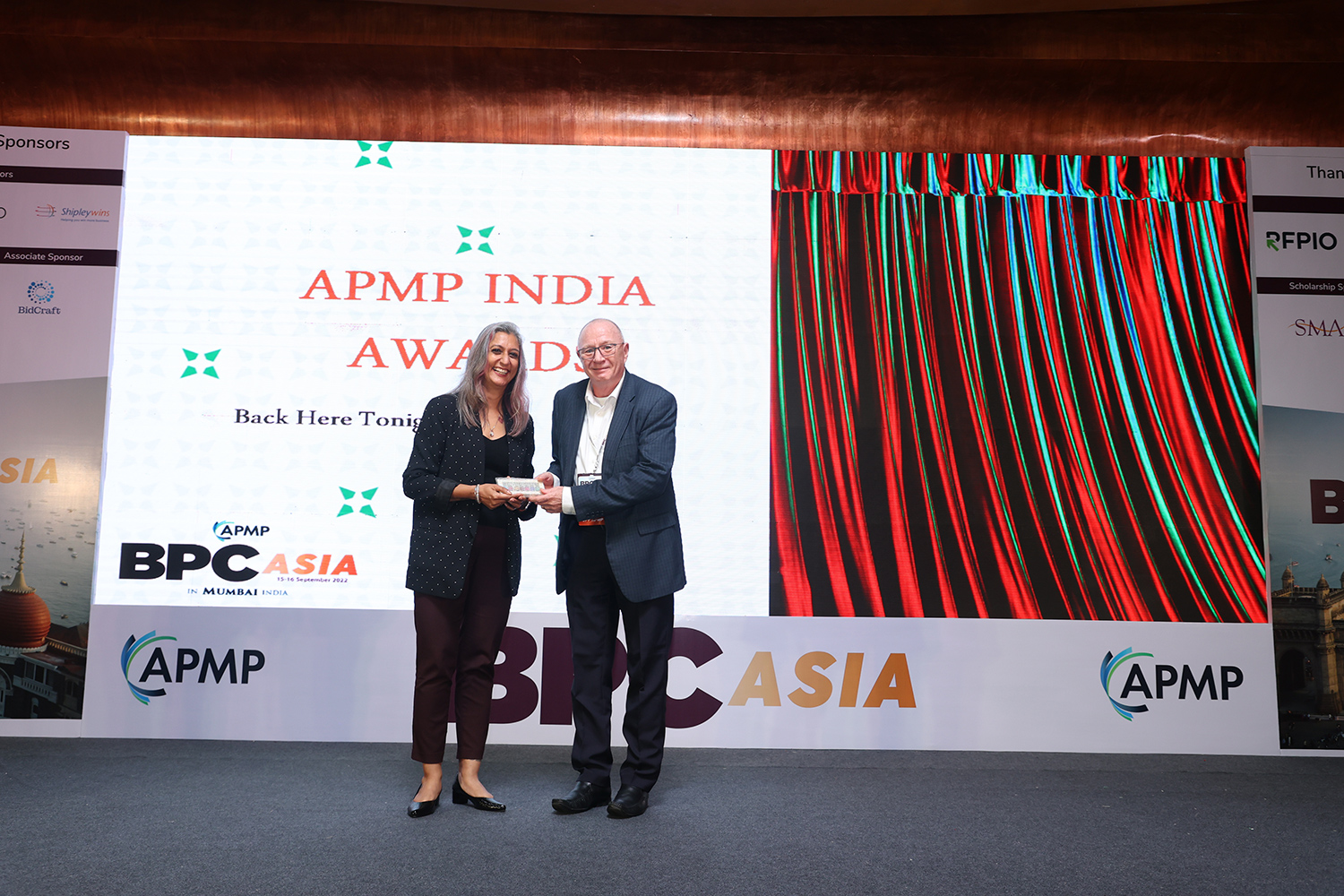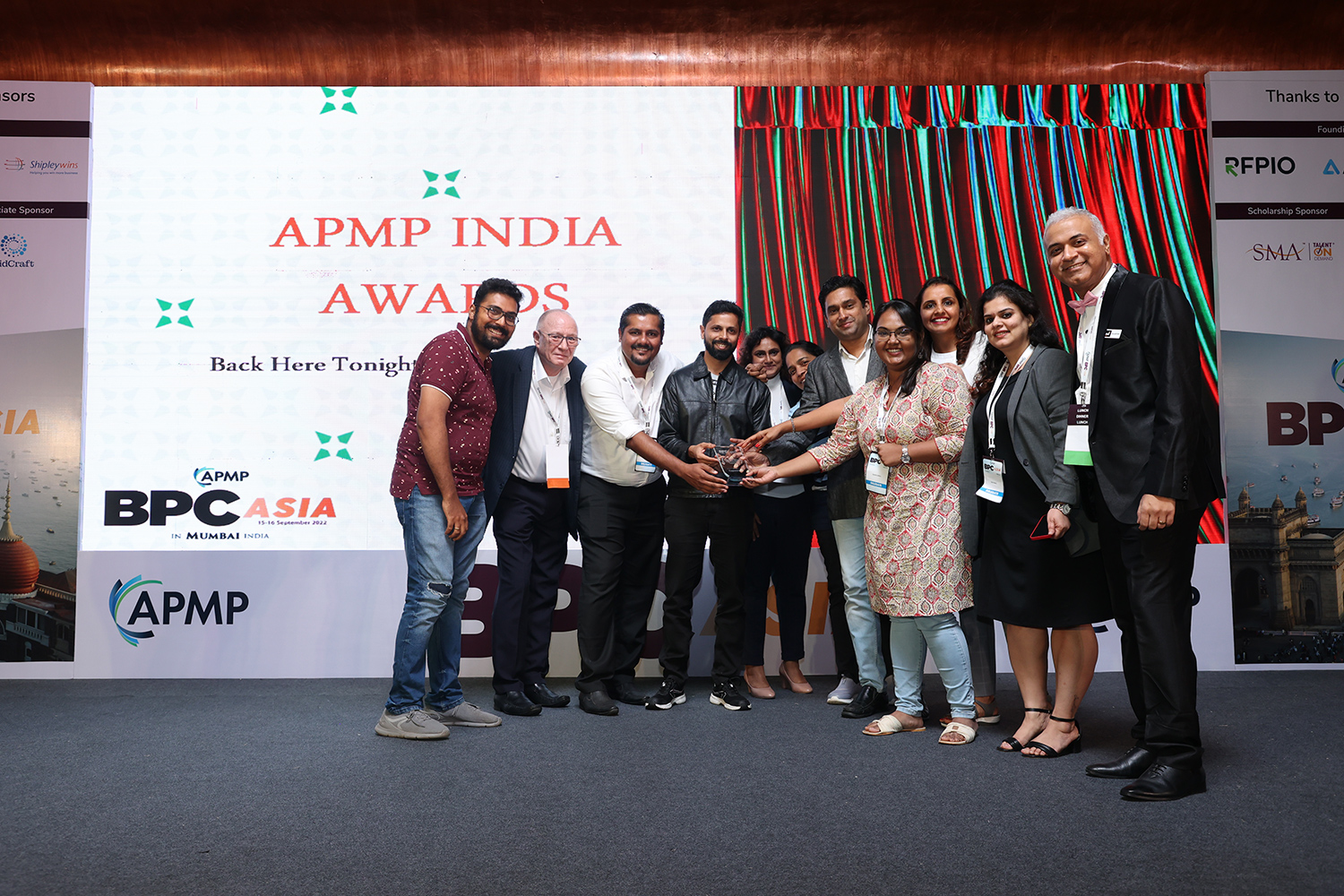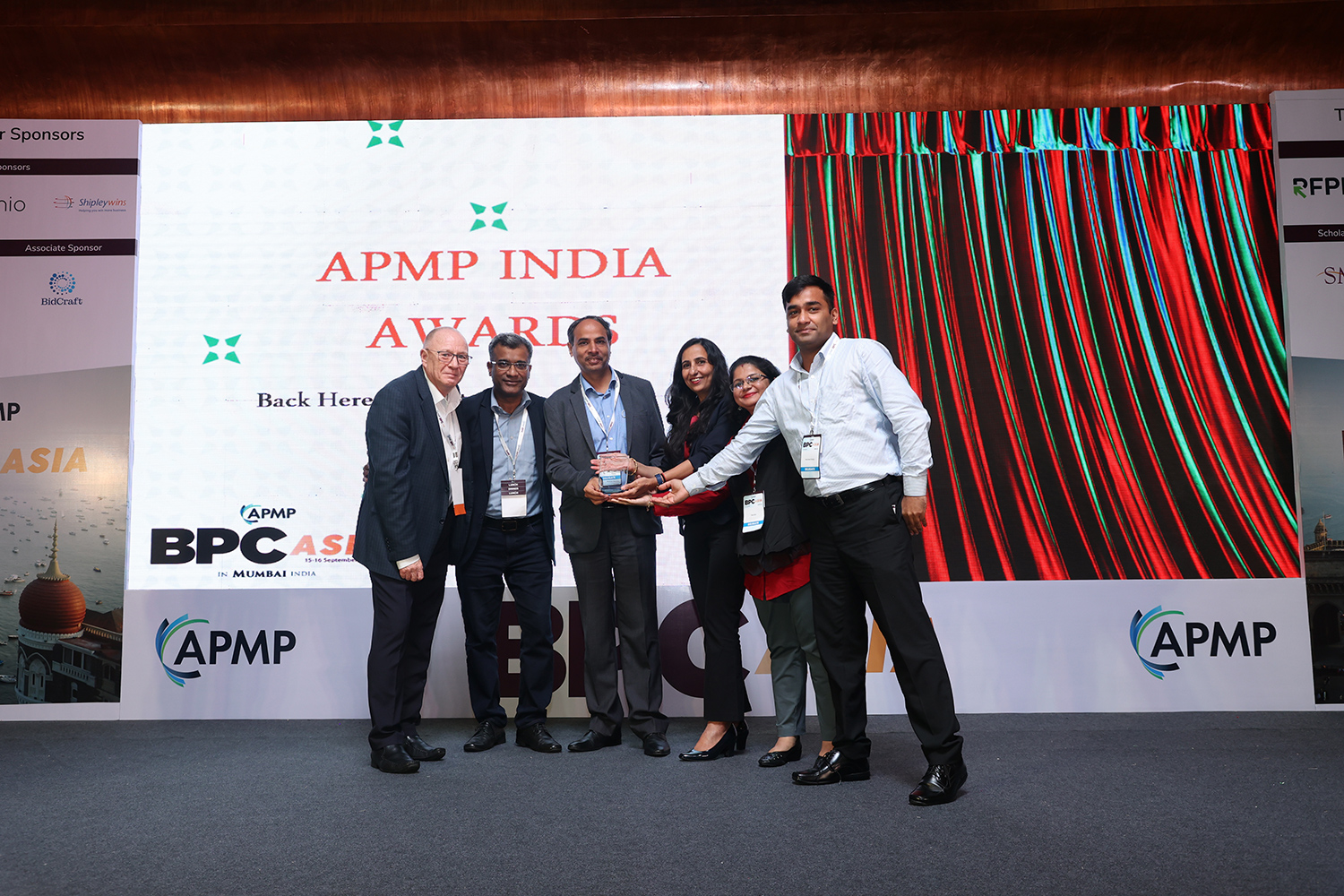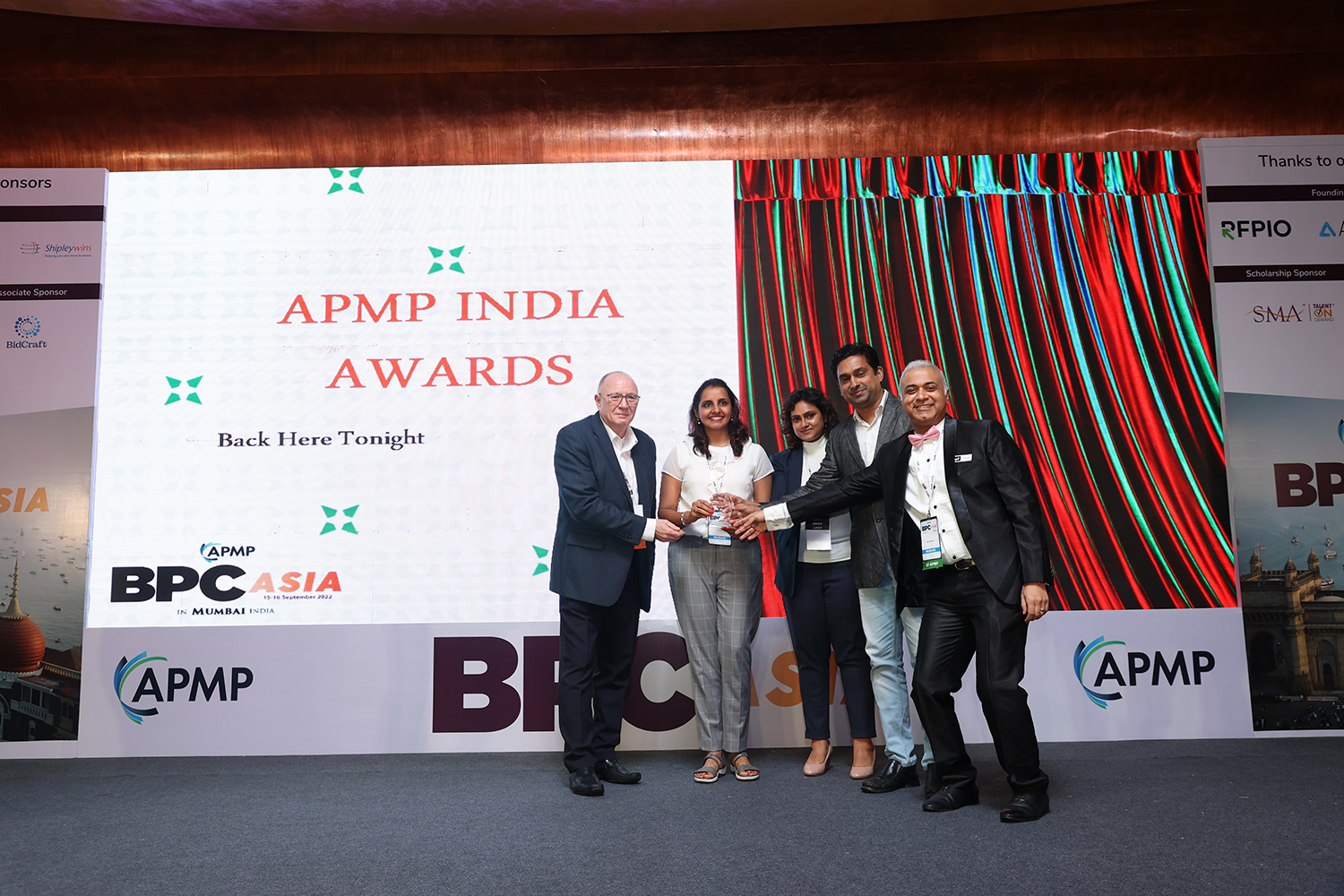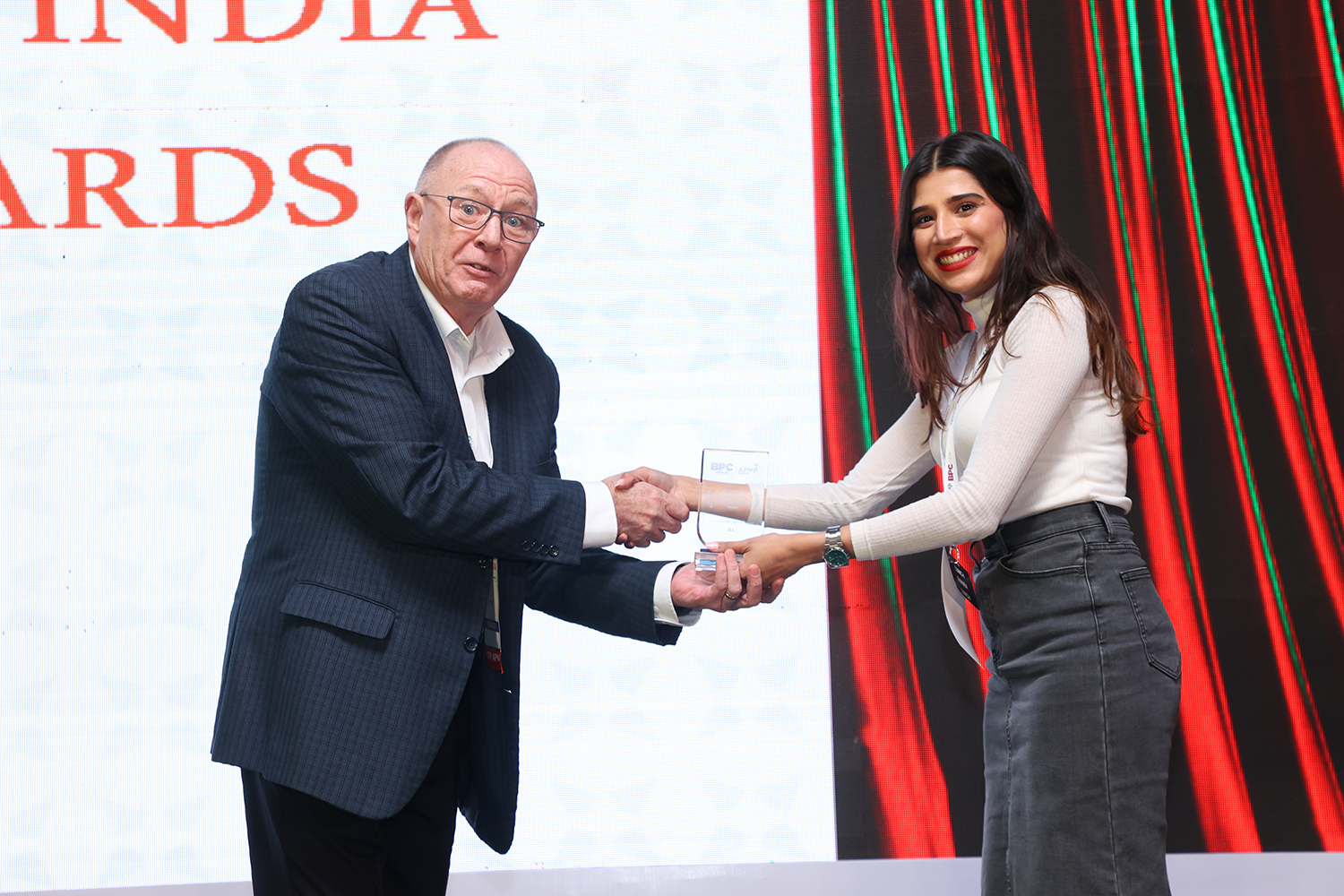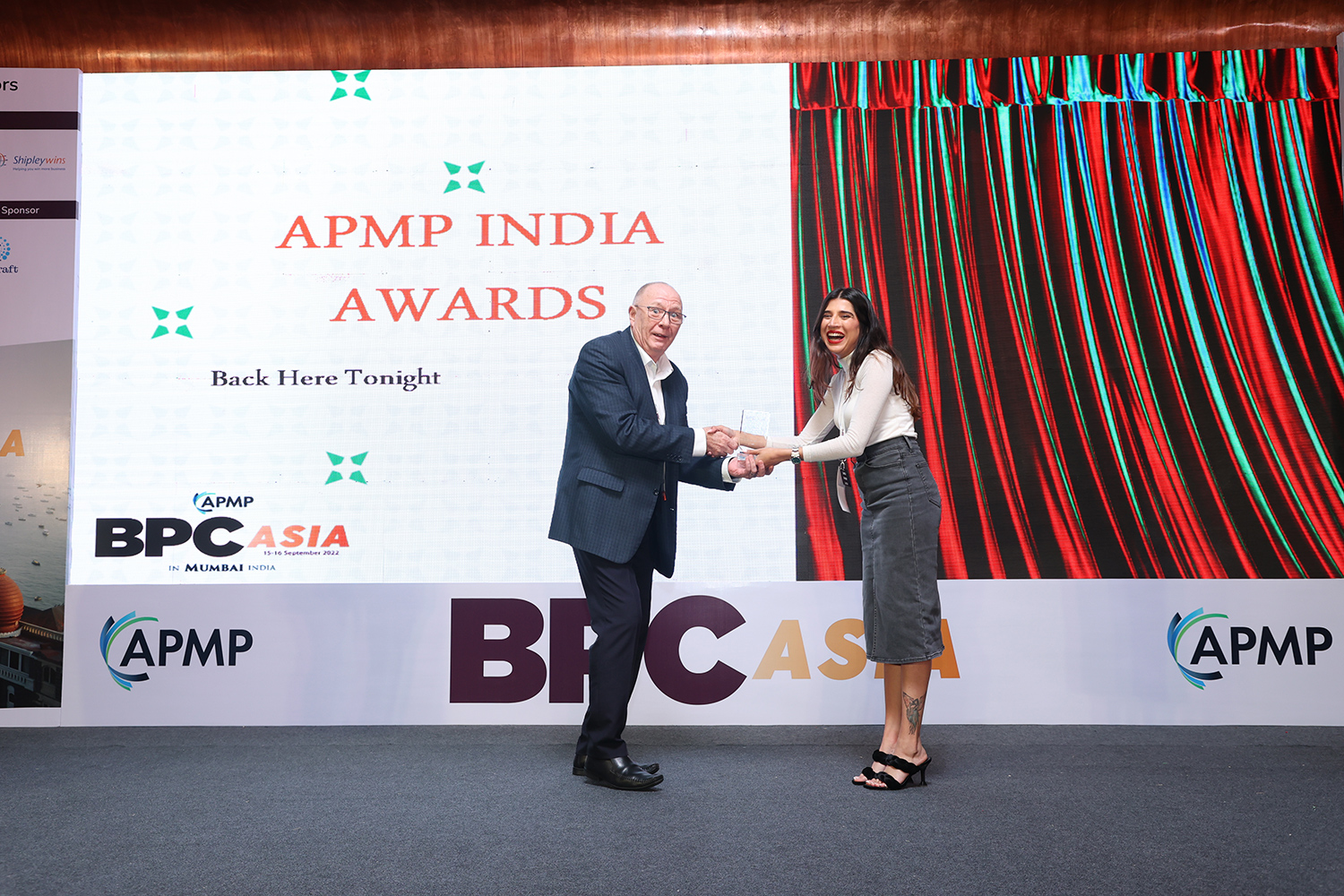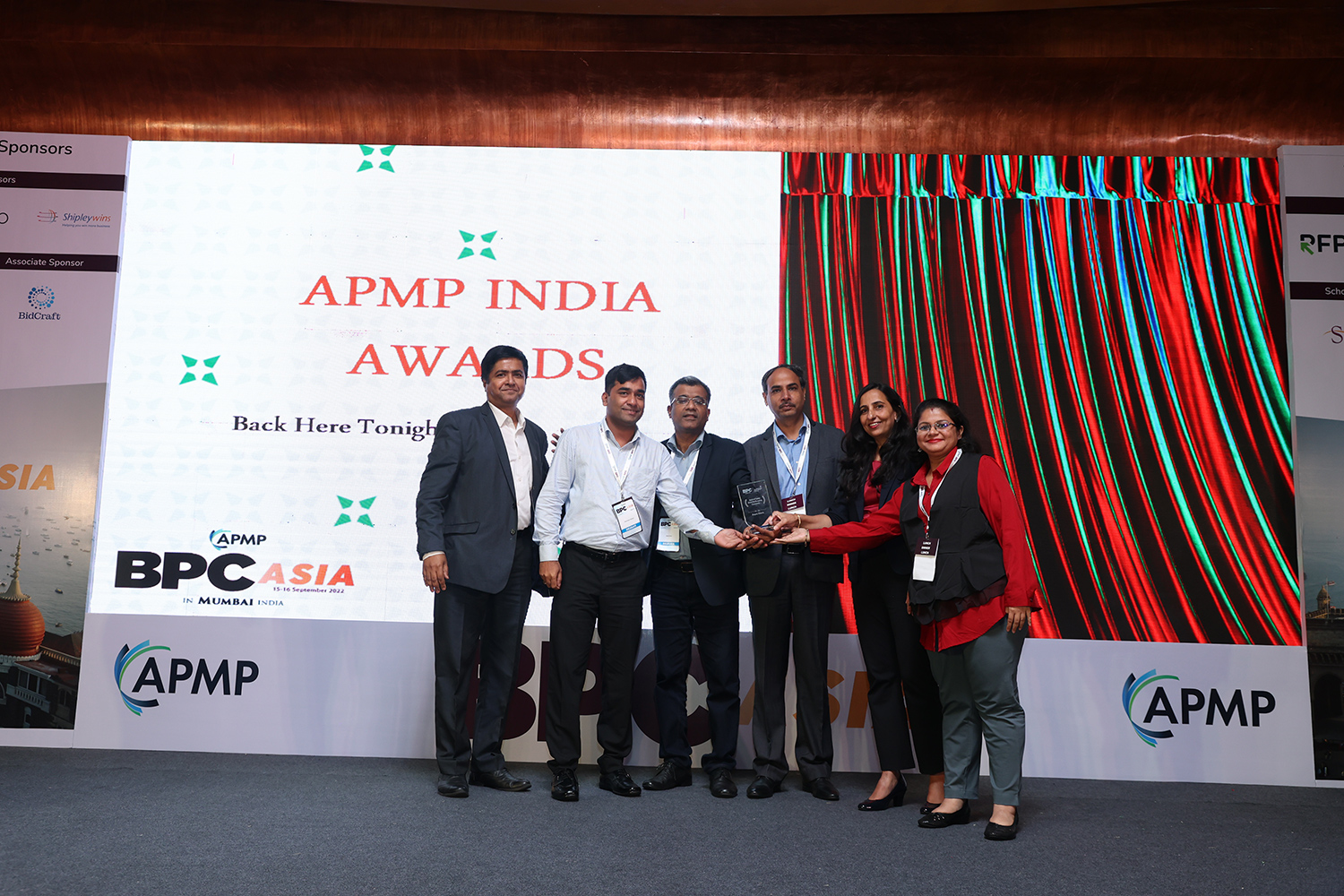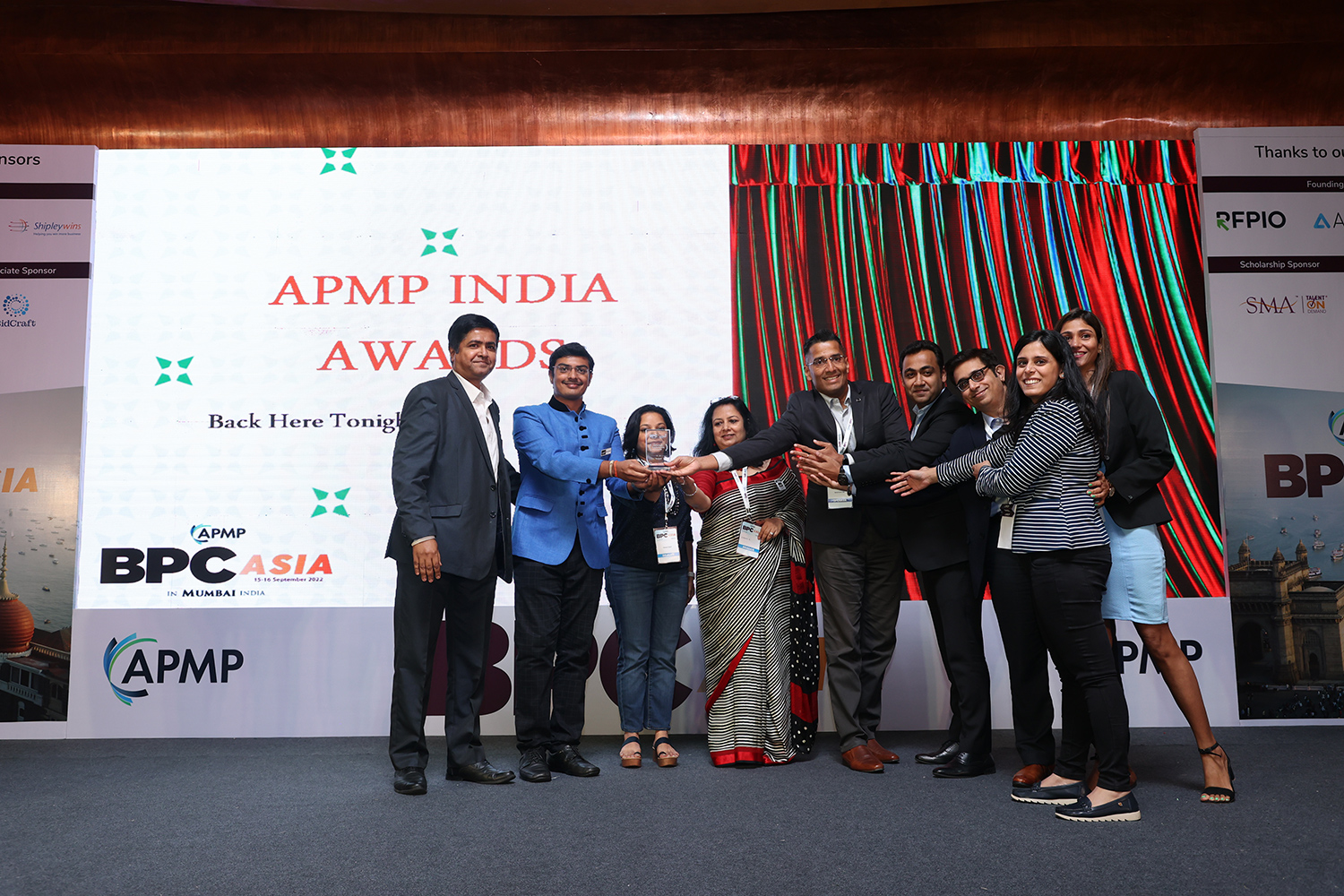How quickly can your Bid Desk answer the following questions?
- What is the difference in the pricing offered by OEM X compared to a similar bid last year?
- What is the discount/margin trend for all bids submitted by this BU?
- What are the recent bids submitted in this territory?
Chances are they are better at answering question 3, compared to the first two.
The Bid Desk is generally tasked with ensuring that the overall bid is submitted in time. You see bid managers busy doing the usual things – understanding the broad scope, involving themselves in internal pre-bid interactions with partners/vendors, helping with documentation and pushing the teams to work towards the deadline.
But this is doing the expected. What if we change Bid Desk KRA from submitting bids to submitting “winning” bids? Of course, it’s the sales manager’s KRA to win the deal, but the Bid Desk can play a crucial role in ensuring he gets there and in the process deliver greater value to the organisation.
Bid Desk is the only group who has a bird’s eye-view of all the bids that are being submitted – across business units and sales territories. That’s like having the vantage point advantage in the ensuing war! Who better than the Bid Desk to guide the sales team? Here’s how.
1. Be the data steward – At least for the bid related processes. Ensure that pre and post submission, all the stake holders including pre-sales, delivery, and sales upload their documents (and the relevant versions). If the deal is not won, collect and capture competition pricing (and technical info) in as much detail as possible. Not easy but not very difficult either. Ask your IT counterparts to develop MIS dashboards that will provide meaningful analysis which can help determine the bid strategy in future bids. Follow-up relentlessly and don’t give up. Because it will deliver disproportionate rewards in the near-term.
2. Focus on vendor pricing trends – Some industries do this very well, while others barely so. E.g. in EPC industry vendor prices are negotiated thru tendering. But in many other industries it is left to the resourcefulness of the bid manager, despite the fact that in some tenders the third-party component could be as high as 50%-60%. There is a lot of opportunity to bring together pricing from across the bids and develop a good hypothesis of the upcoming prices and competitive drivers. Proper analysis can help in negotiating better and driving optimum pricing and commercial terms.
3. Create a competition pricing sheet – Bid Managers are adept at creating pricing P&Ls. And the various pricing scenarios that go with it. The bid desk team also has complete access to all the previous bids, the technical solution submitted, win/loss history, etc. Working with the pre-sales team they could stitch together what the competition is likely to come-up with, in terms of product, configuration (over-sizing vs under-sizing), estimation, etc. One may start by doing it for the primary competitor and then extend it to the next nearest.
4. Develop the Qualification, Technical, and Commercial scores – Determining the alignment between client requirements and its offerings is one of the crucial components of winnability. Develop the capability mapping. Along with pre-sales, create the probable Technical rank. Who better to create the commercial score? And thus, the composite score. Most good bid managers will question the sales teams in a constructive way to challenge their assumptions and beliefs thru data from recent bids. With its cross-bid experience and analysis the Bid Desk can present a more realistic scenario – neither too rosy (sales), nor too grim (delivery).
5. Assume that the bid submission date will not be extended – Almost always vendors work on the assumption that the submission date is going to be extended. It’s not uncommon for bidders to gang-up on this one point with the customer and ensure that they get couple of weeks more. Unless the client has been extremely unrealistic, this means you will end up spending more time (and effort) on the same deals, and loose the opportunity of scoring brownie points and goodwill with the client.
6. Make technology work for you – While the entire world is going Digital the bid development processes still seem to be relying on un-synchronized, semi-automated, person-dependant tools. No wonder the bid teams are always stressed and stretched. Automated follow-ups, integration, collaboration, synchronization – will eliminate unproductive efforts, allowing the Bid team to focus on more productive tasks.
If your Bid Desk is getting exhausted with just co-ordination and follow-ups, change the KRA and see the results.
(Disclaimer informs readers that the views, thoughts, and opinions expressed in the text belong solely to the author)









